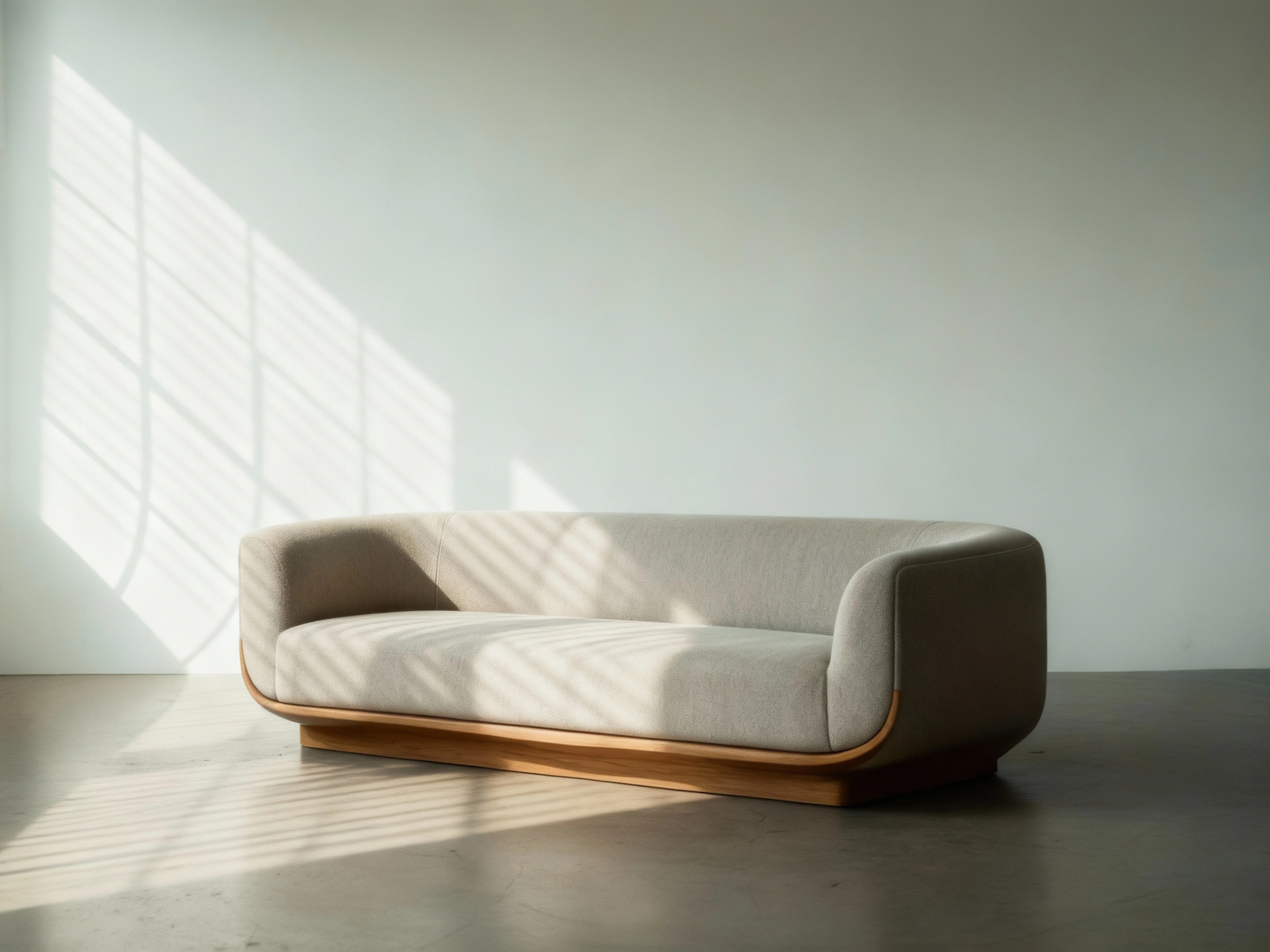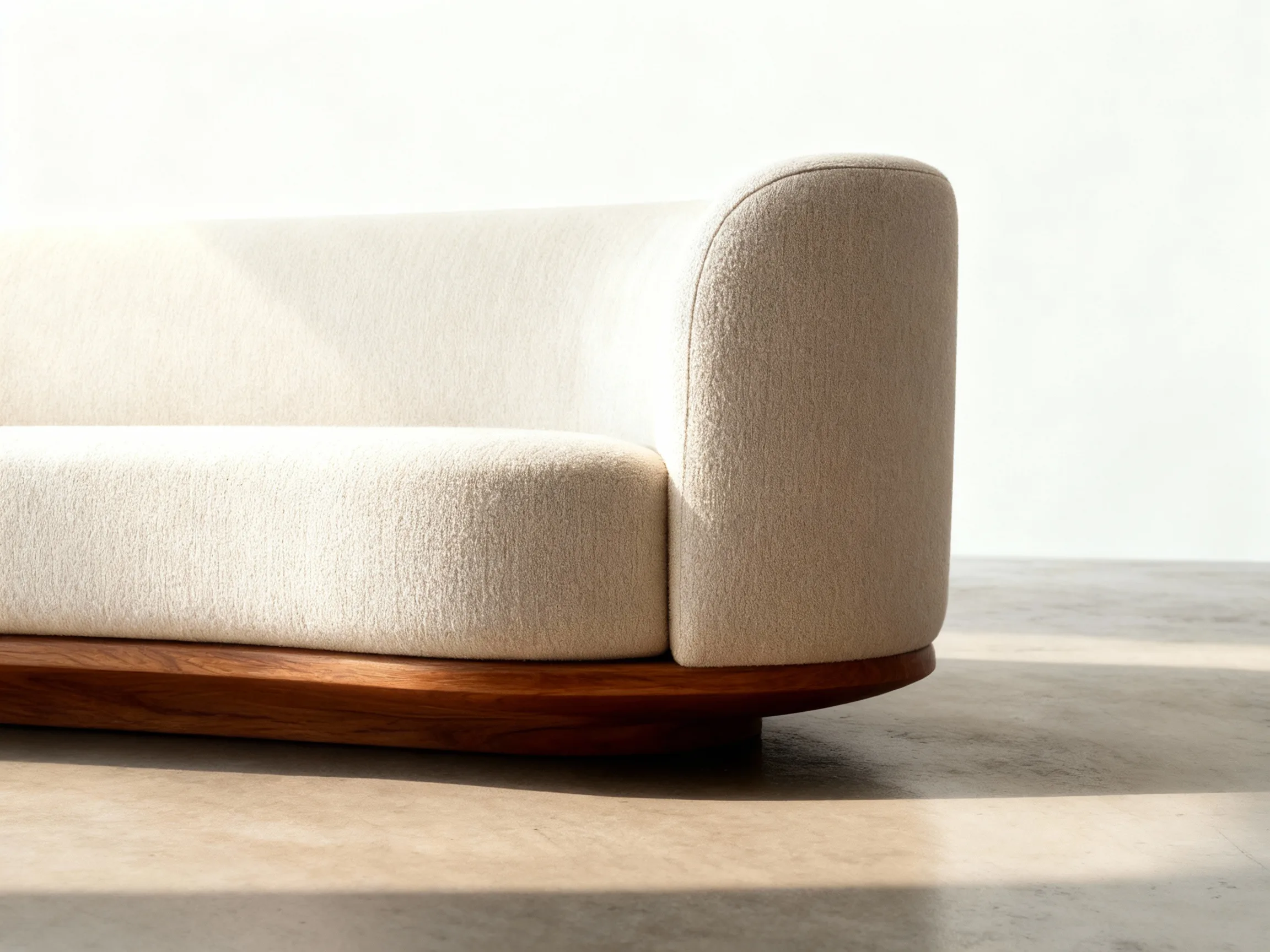Hardwoods
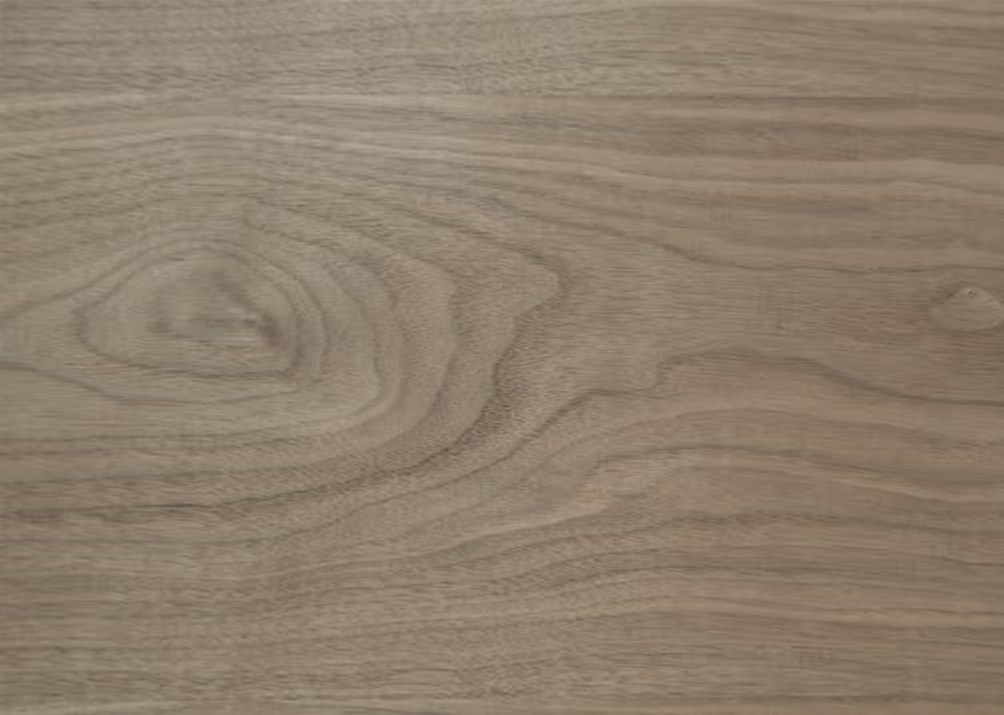
Walnut is known for its beautiful flowing grain that make each board distinct. Dense yet workable, it machines cleanly and finishes with a natural luster that needs little embellishment. Walnut holds crisp edges, balances strength with stability, and develops a patina that grows warmer with age.
Ideal for dressers, desks, nightstands, and tables.
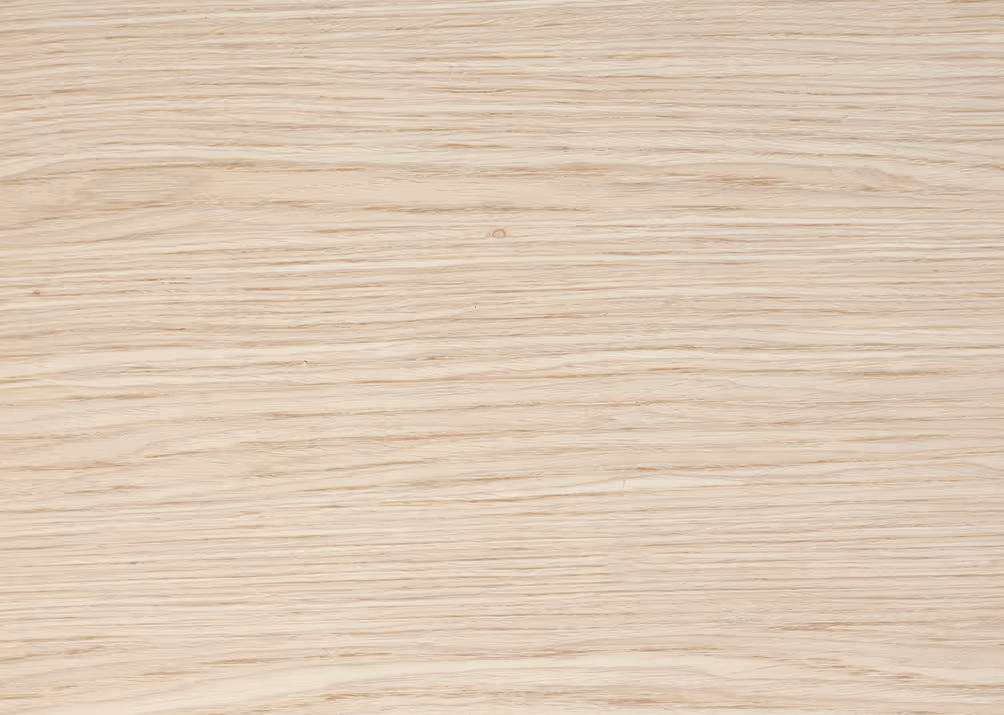
White Oak is tighter-grained and more refined. It machines clean, holds edges well, and sands down to a smooth, even surface. It has a cooler tone that ranges from pale wheat to light honey, which makes it easy to finish consistently. It also resists moisture better than most hardwoods, which is why we often use it for dining tables, cabinetry, and other large pieces that need long-term stability.
Ideal for tables, credenzas, casegoods, and architectural millwork.
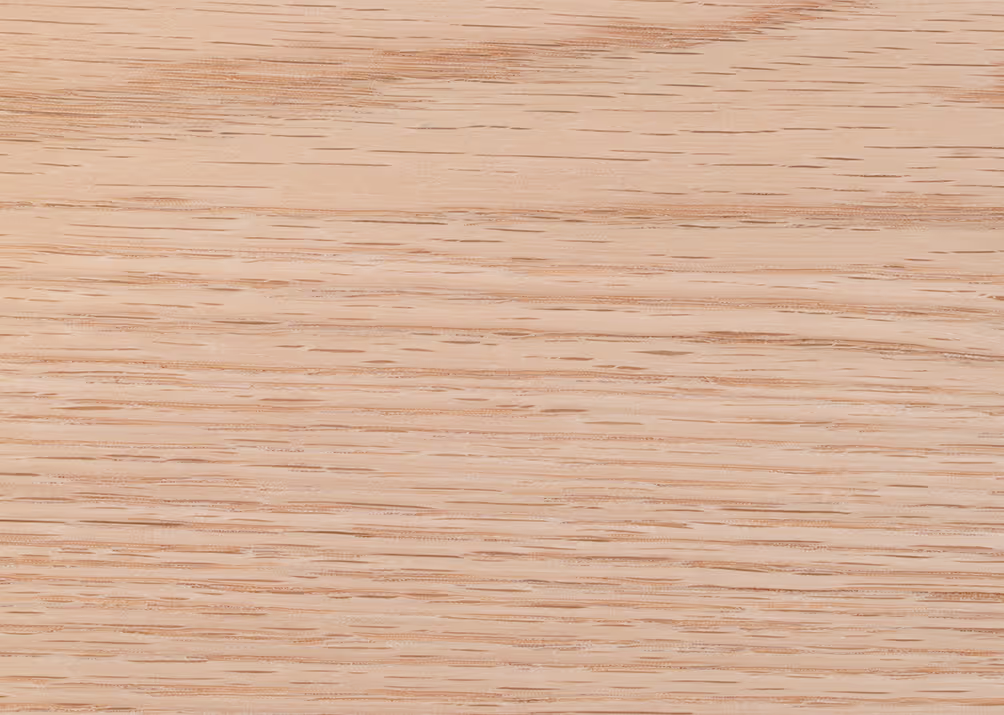
Red Oak has a more open grain and a warmer, reddish cast. It’s easier to work with than it's white counterpart but its porousness means it drinks in stain and shows grain texture more visibly. It’s a good choice for pieces that call for a bit more movement and texture in the finish.
Ideal for shelving, benches, and statement casegoods.
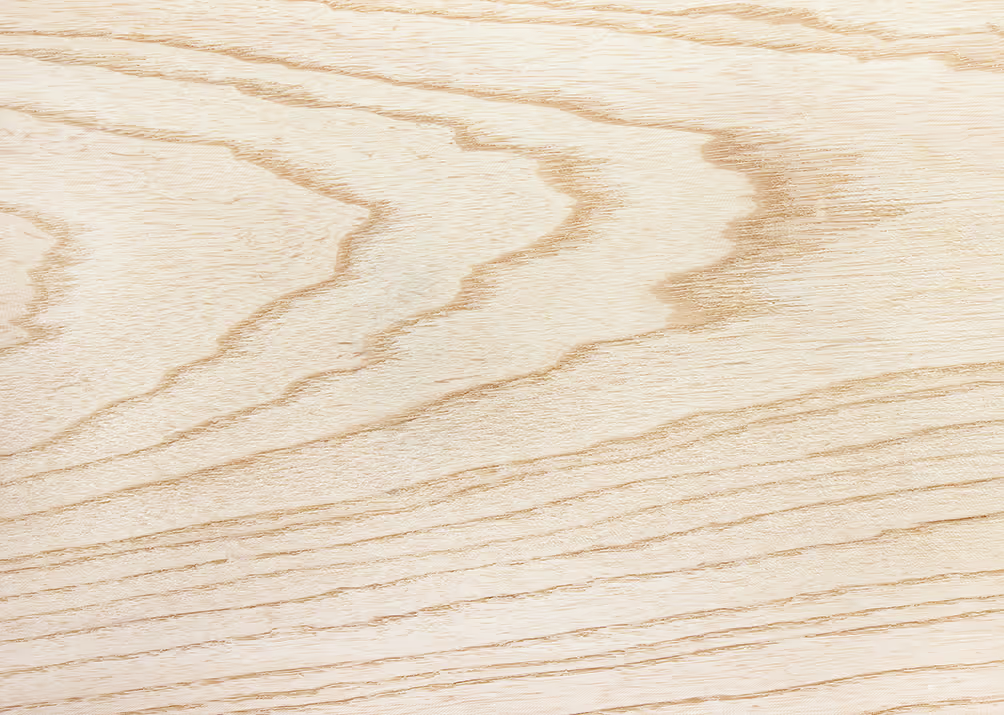
Ash is one of those woods that reminds us why we started building in the first place. It’s strong, straight-grained, and great to work with. The grain is open and bold, with a light tone that ranges from cream to soft blonde. It takes stain evenly, which makes it flexible for matching finishes across different collections. It mills clean, bends well, and holds joinery tight. It’s also a good wood for pieces that want a visible grain pattern without the heaviness of oak or walnut.
Ideal for chairs, stools, and table bases.
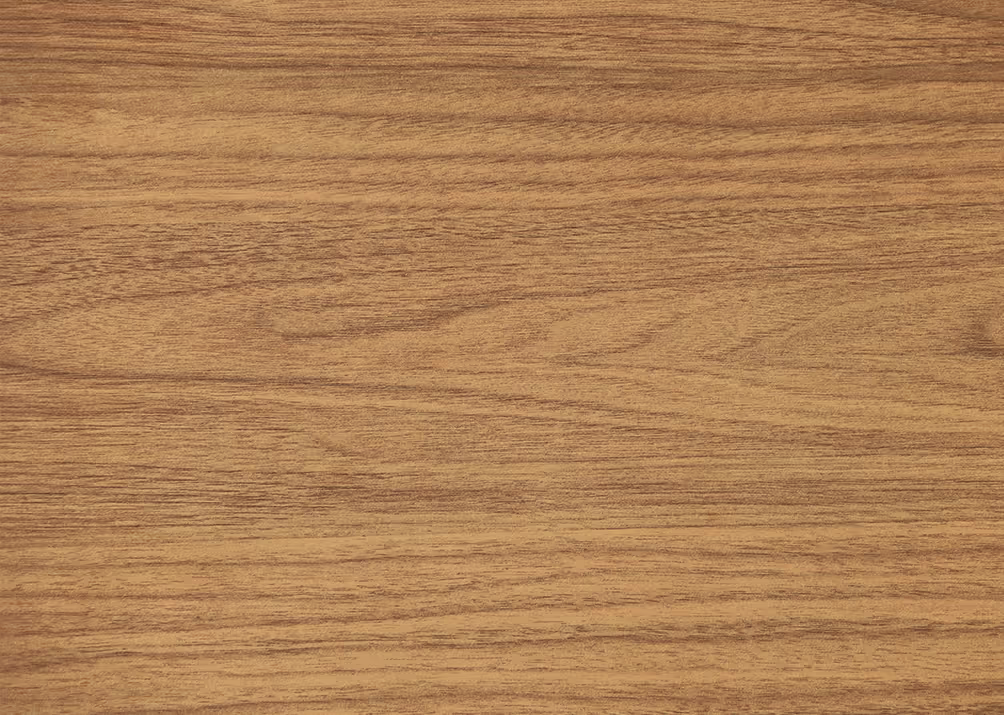
Teak is dense, oily, and built to last. It’s one of the most stable woods we work with, especially outdoors. The natural oils in the grain protect it from moisture and decay, which is why it’s a go-to for patio furniture, benches, and any piece that has to stand up to weather.
Ideal for outdoor furniture, patio tables, and benches.





Finishes
Our standard finish is a hand-applied system that enhances the natural tone of the wood. It provides a balanced sheen that feels smooth to the touch while allowing the grain to remain visible. This finish is ideal for clients who want a natural, matte surface that develops a patina with use. It is durable enough for everyday wear and easy to maintain or refinish when needed.
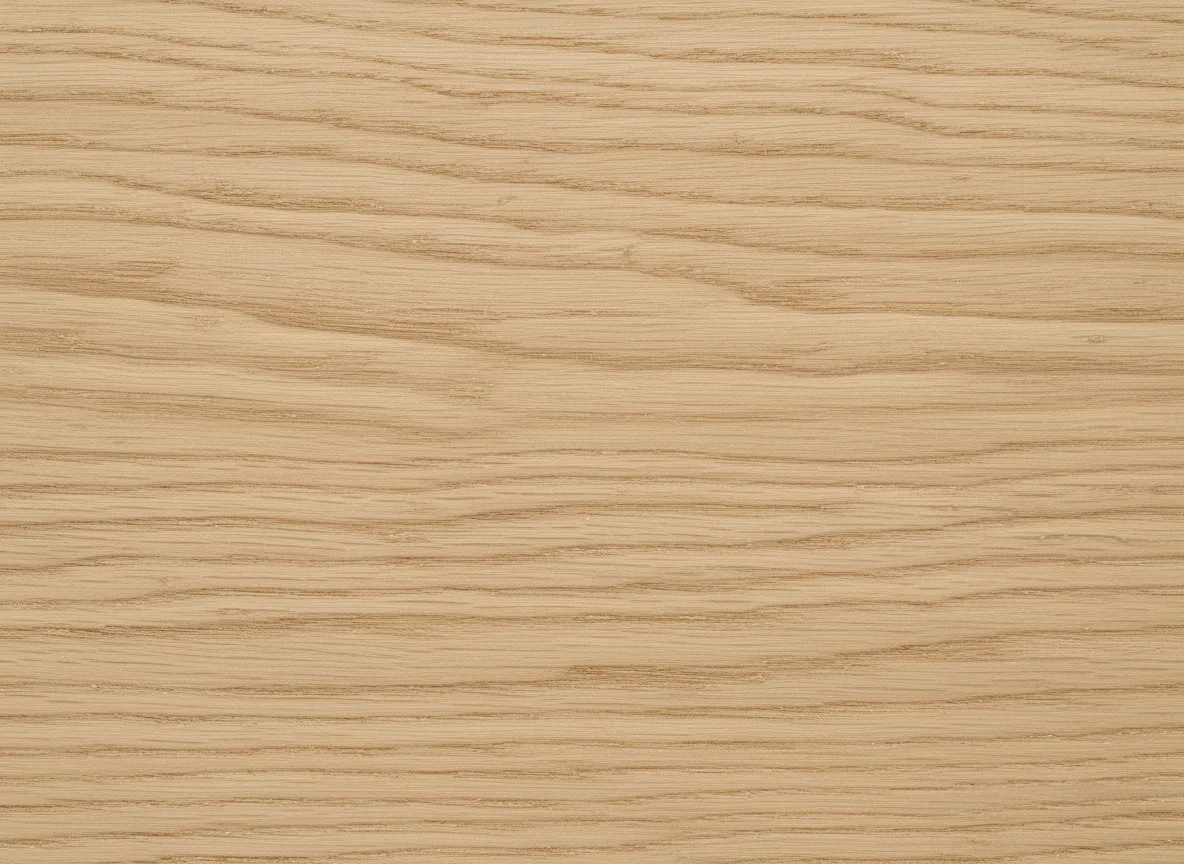
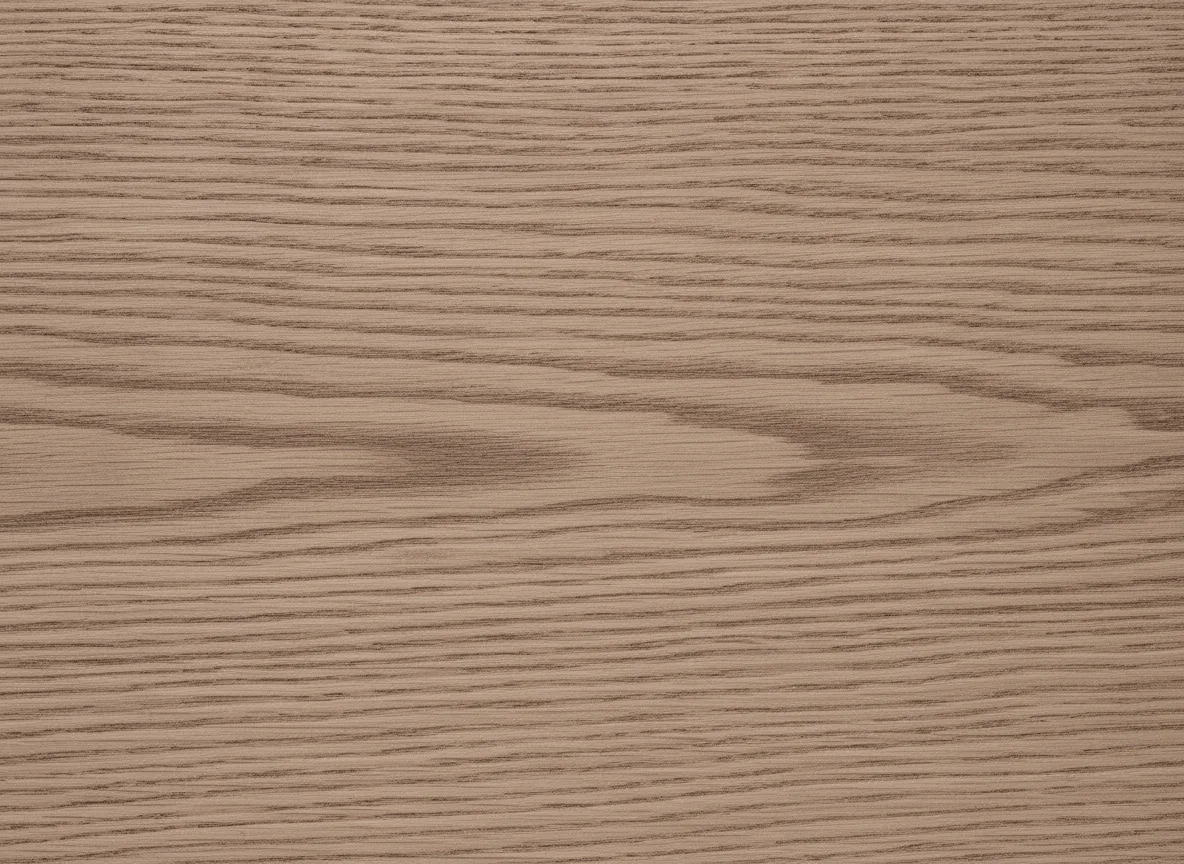
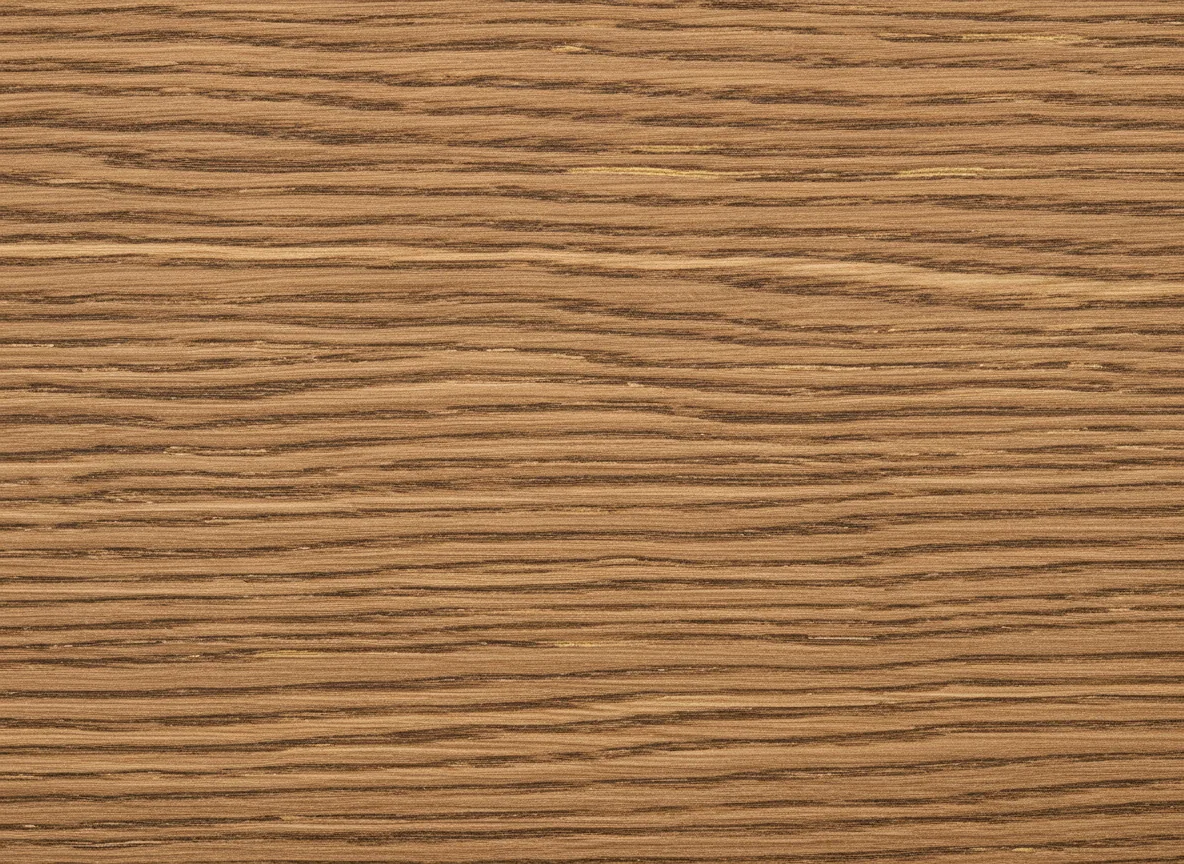
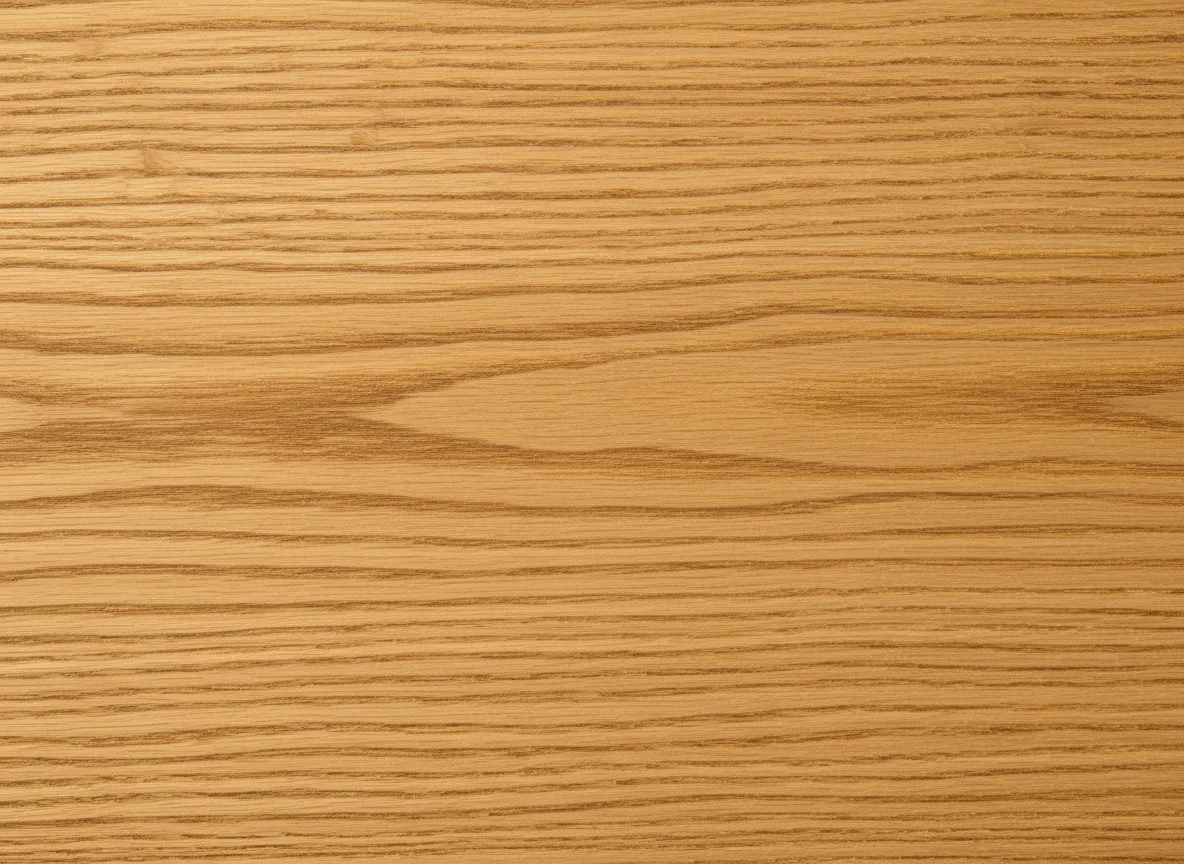
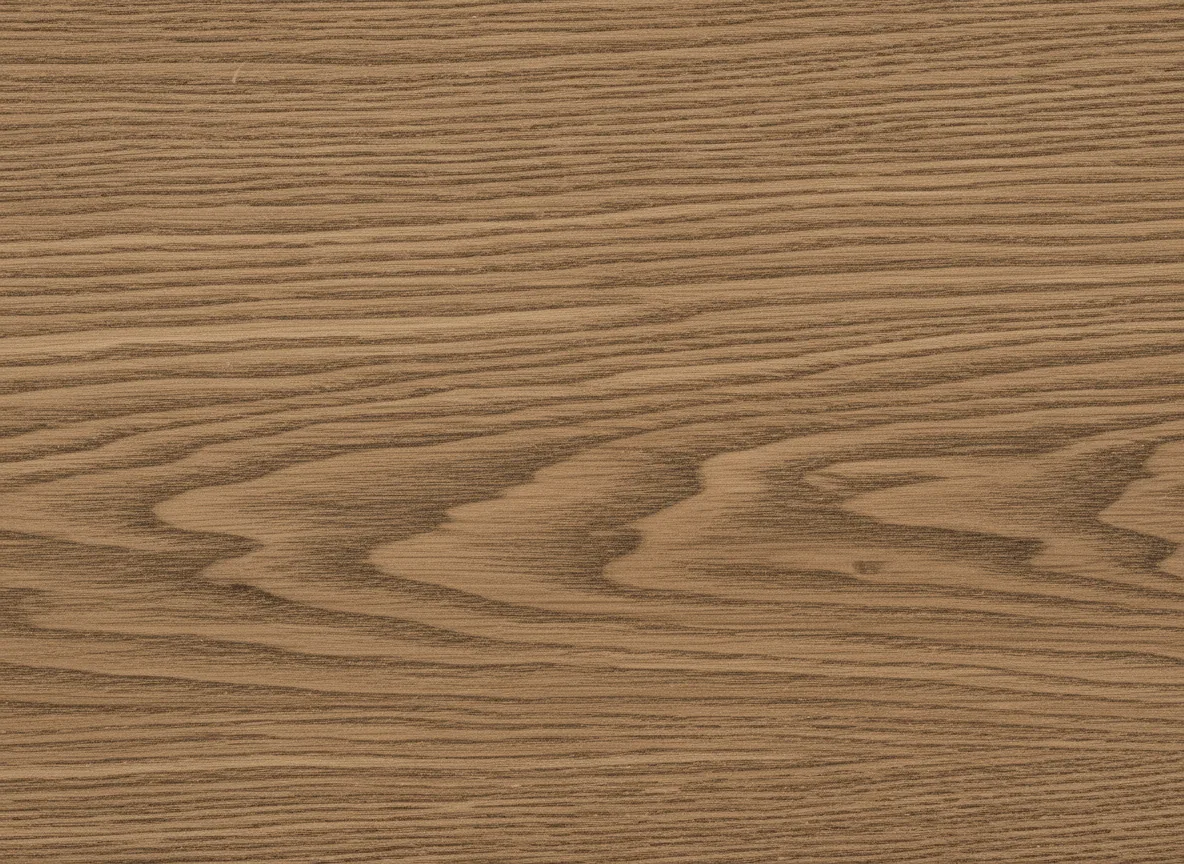

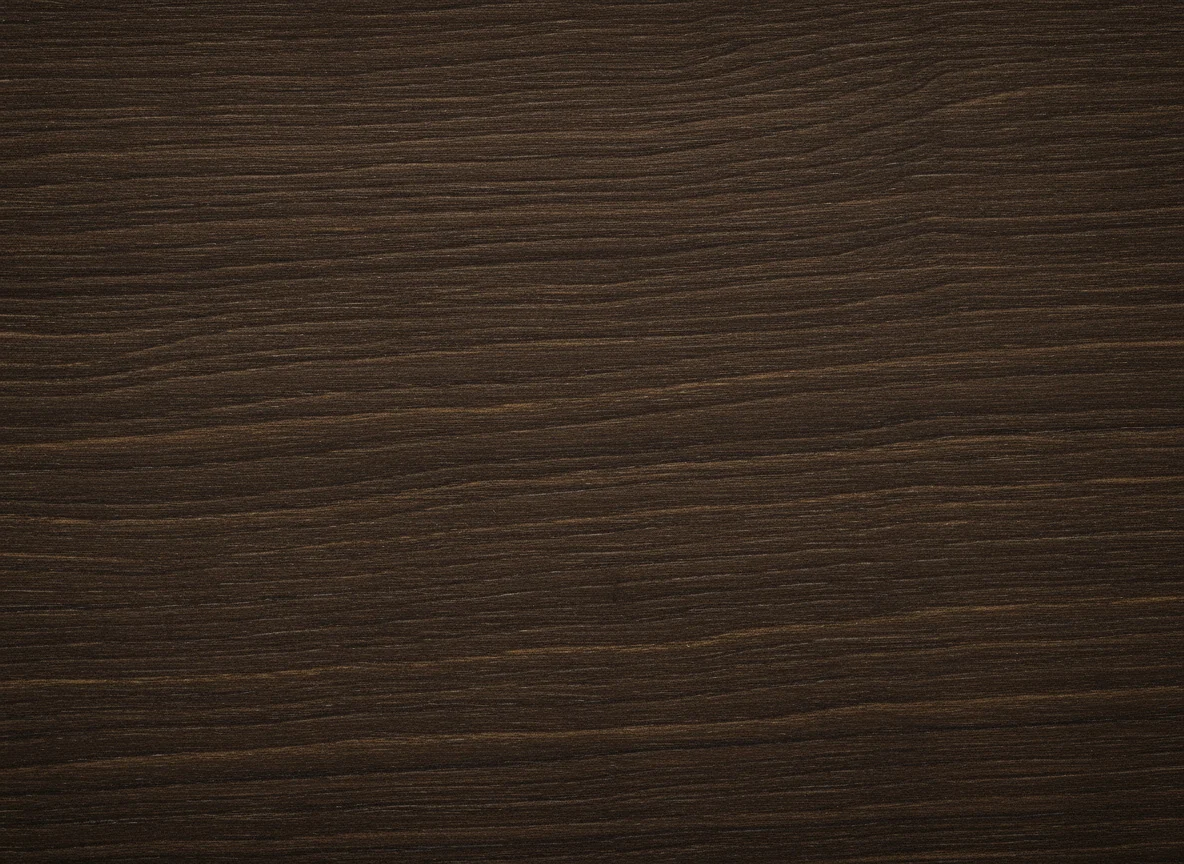
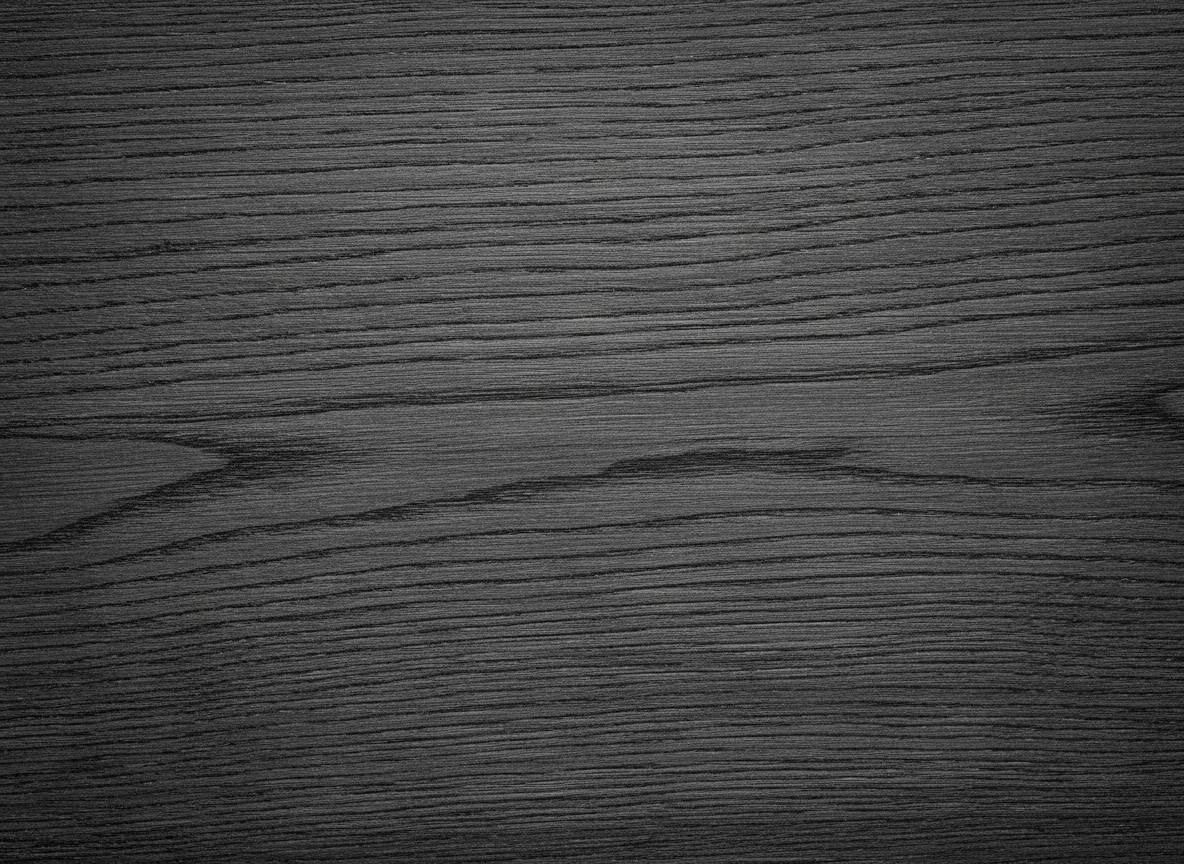

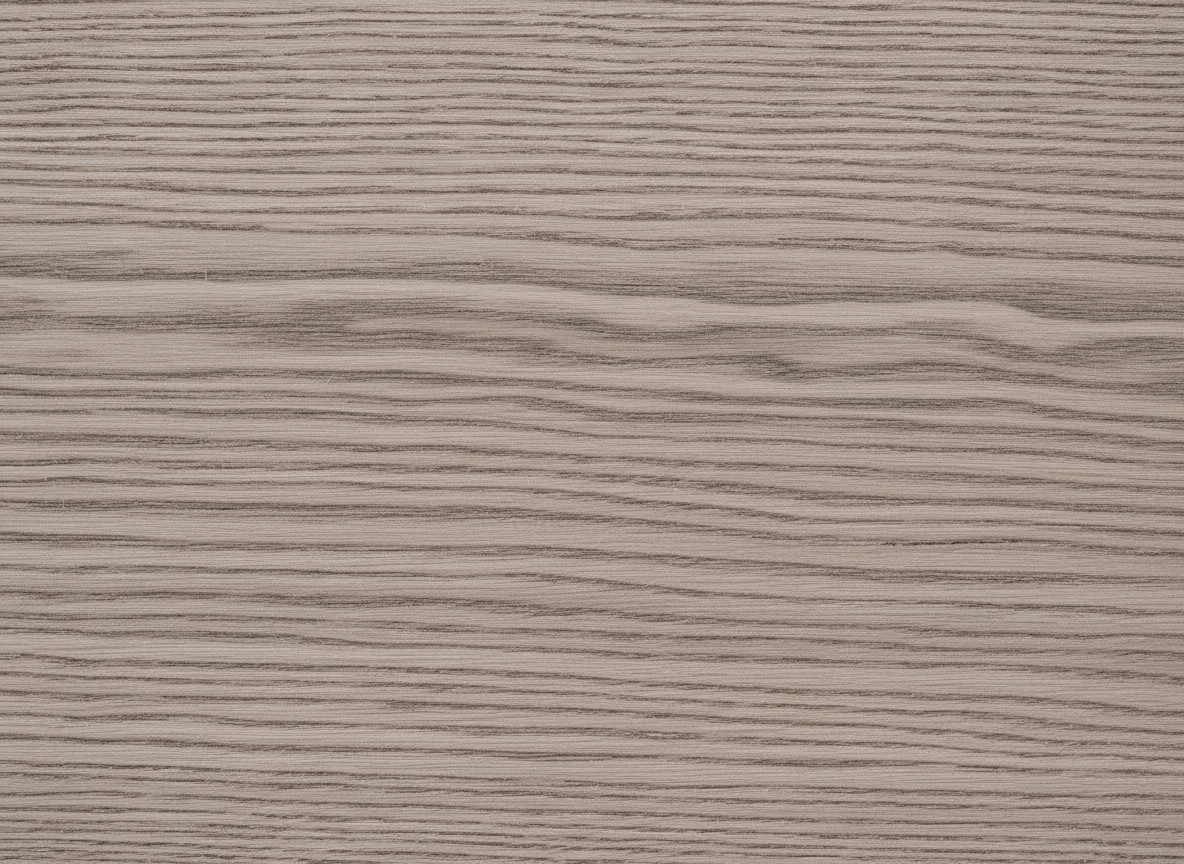
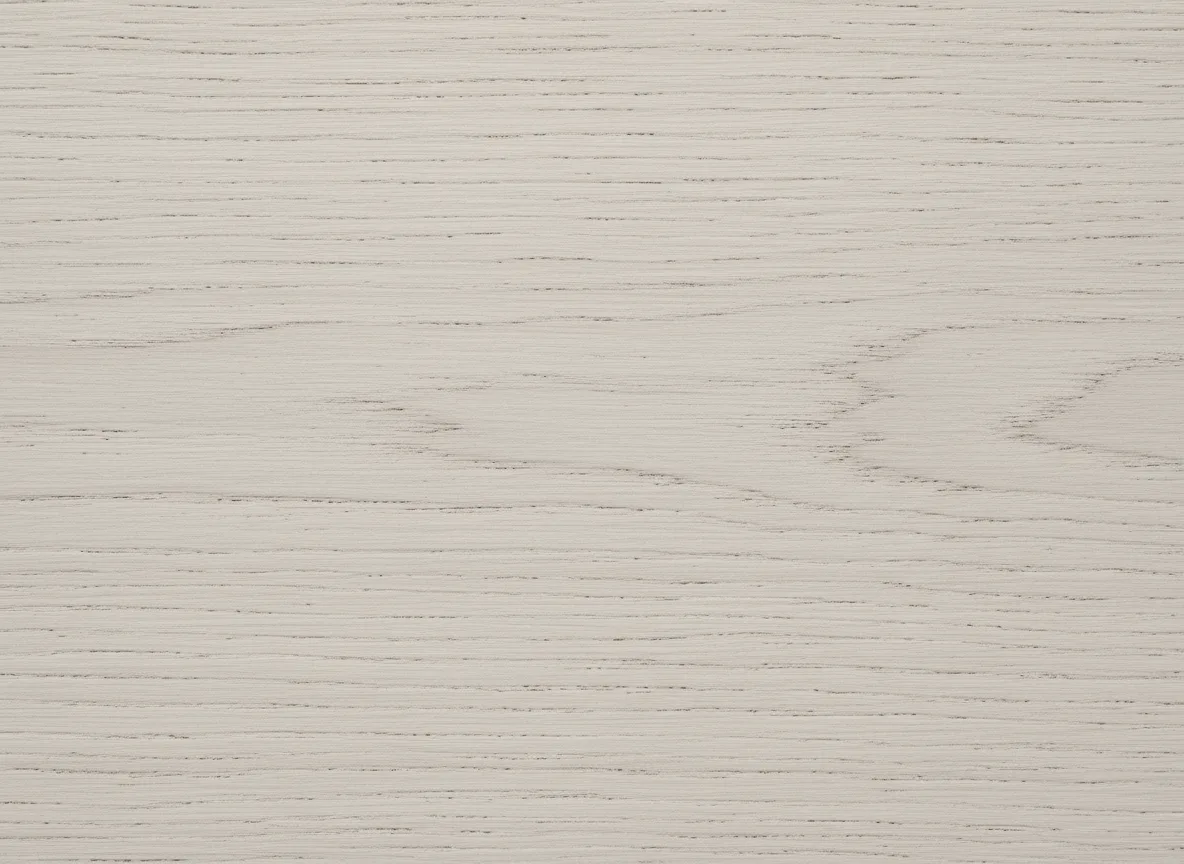
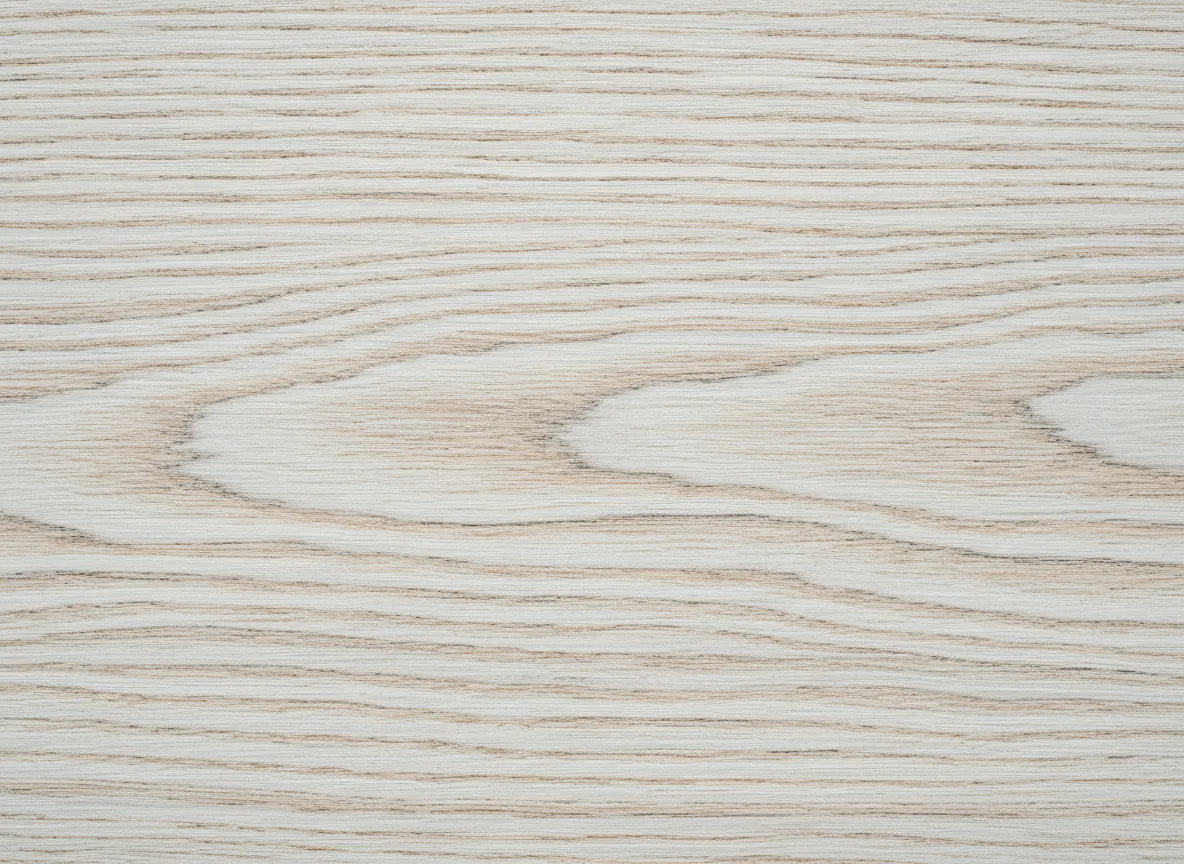
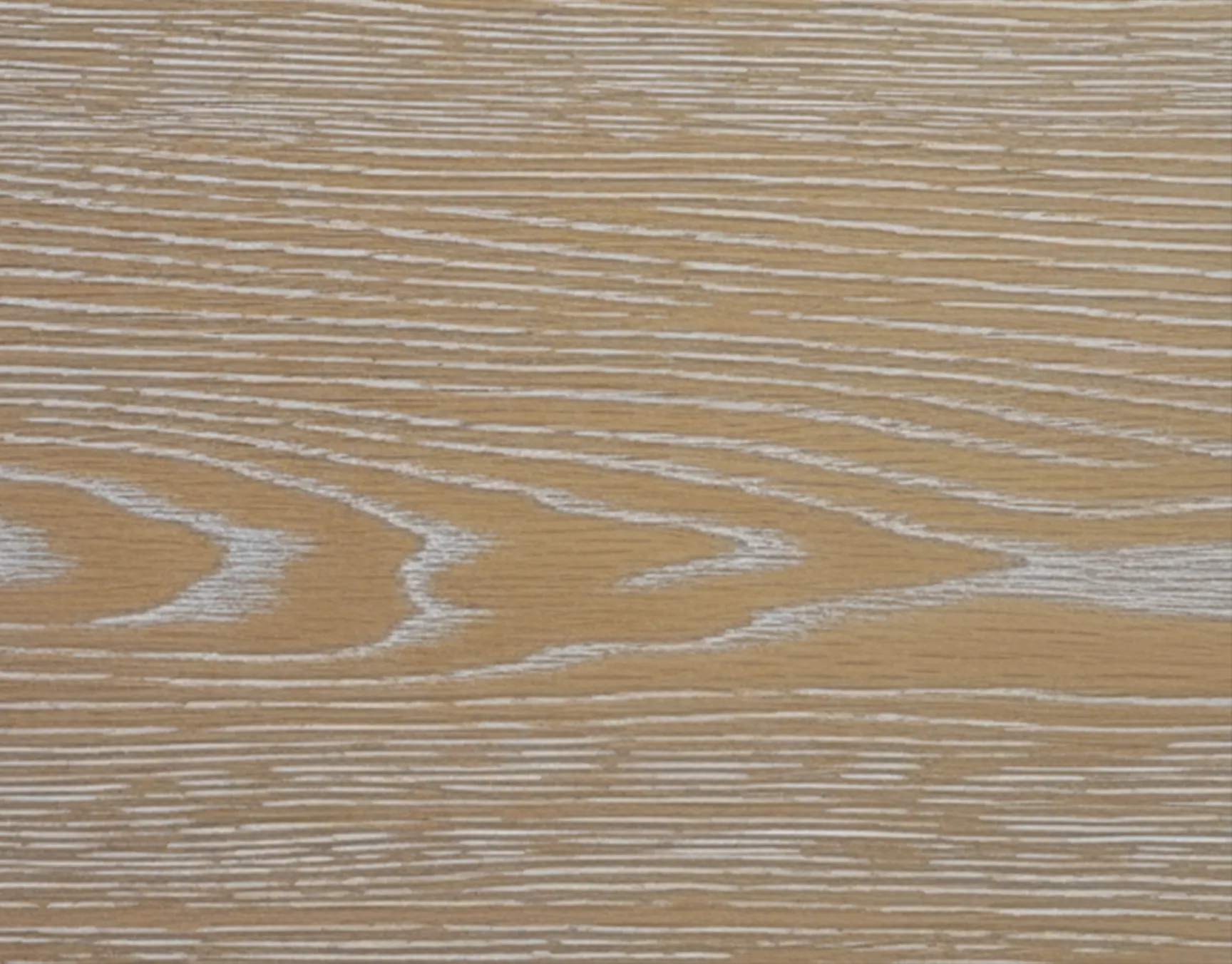
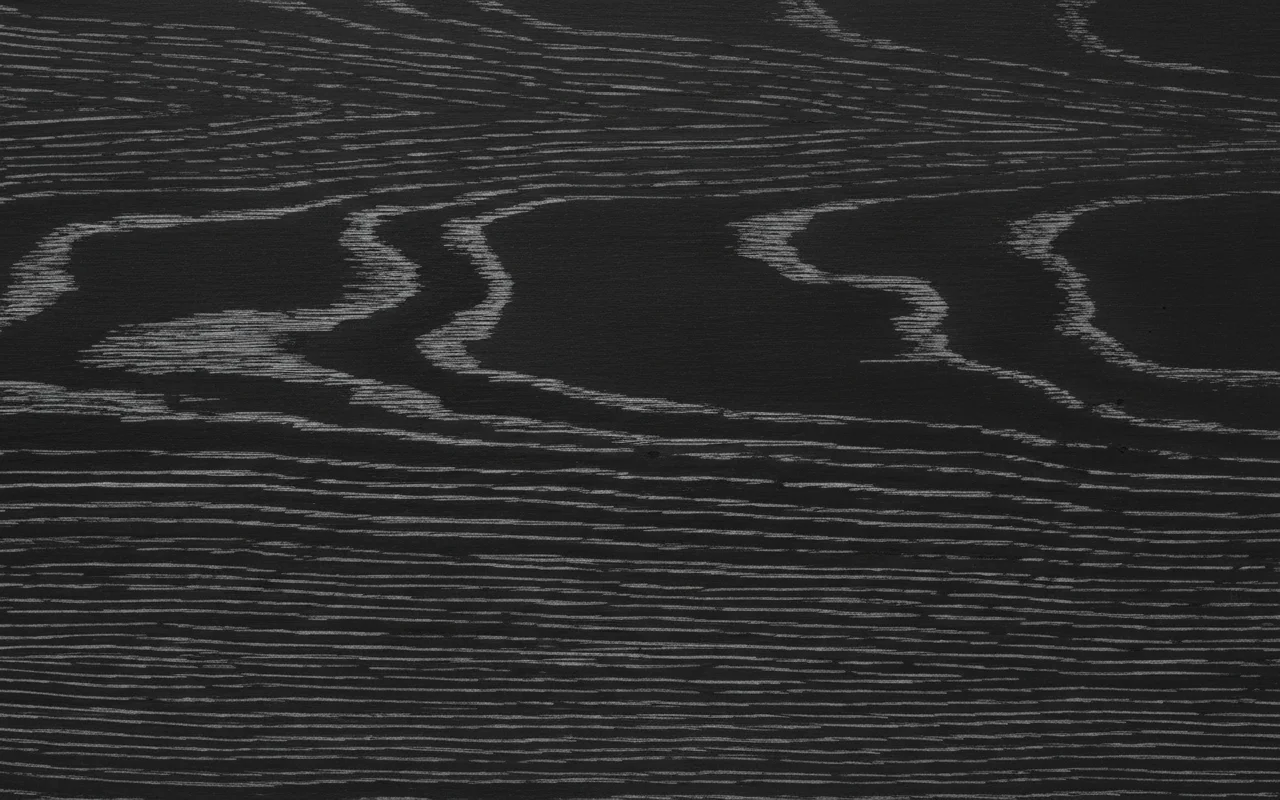
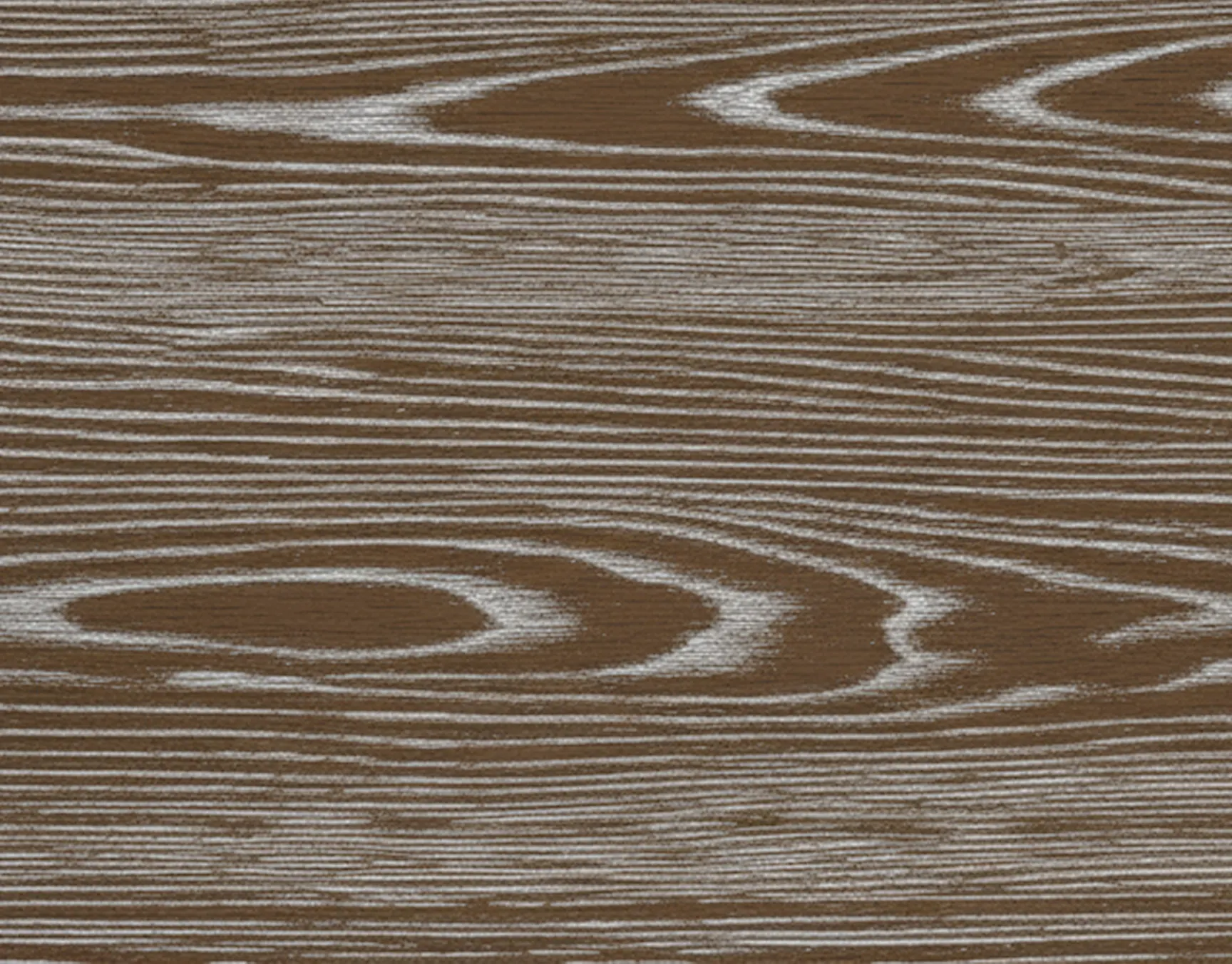
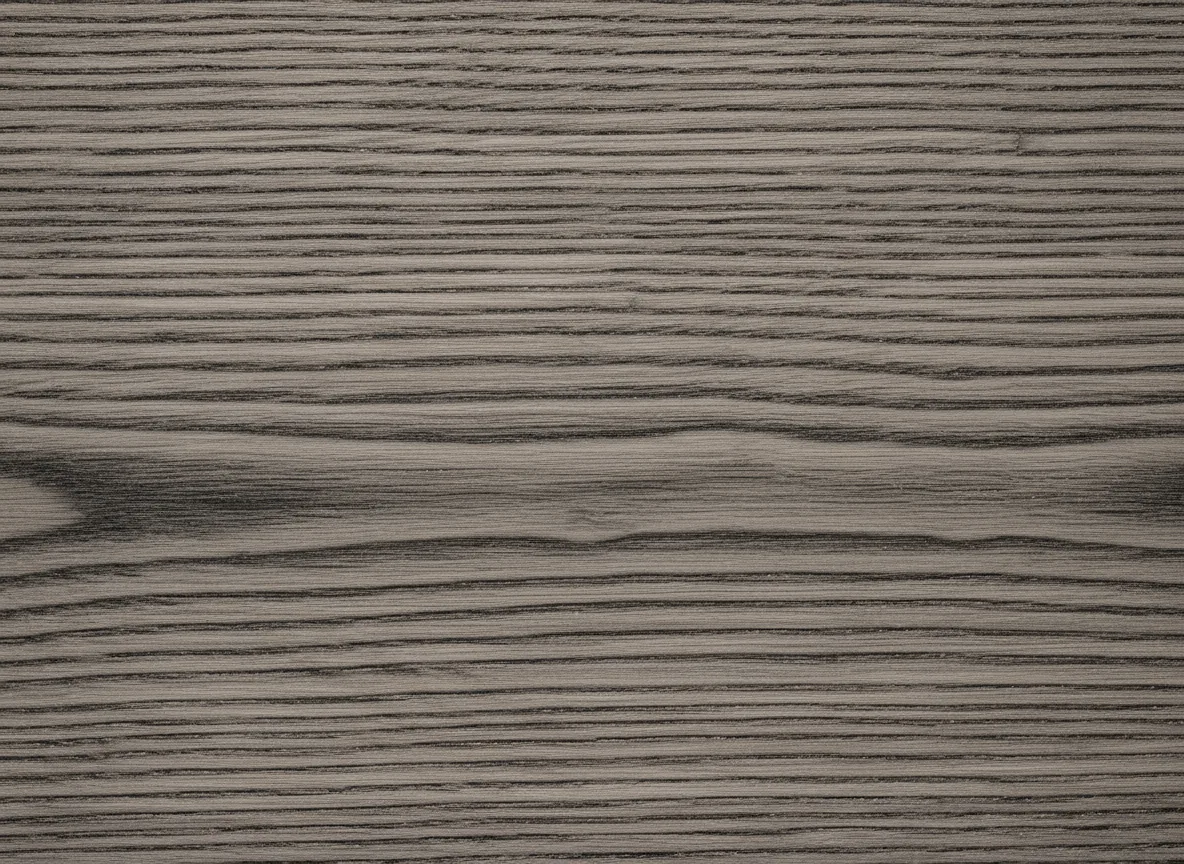
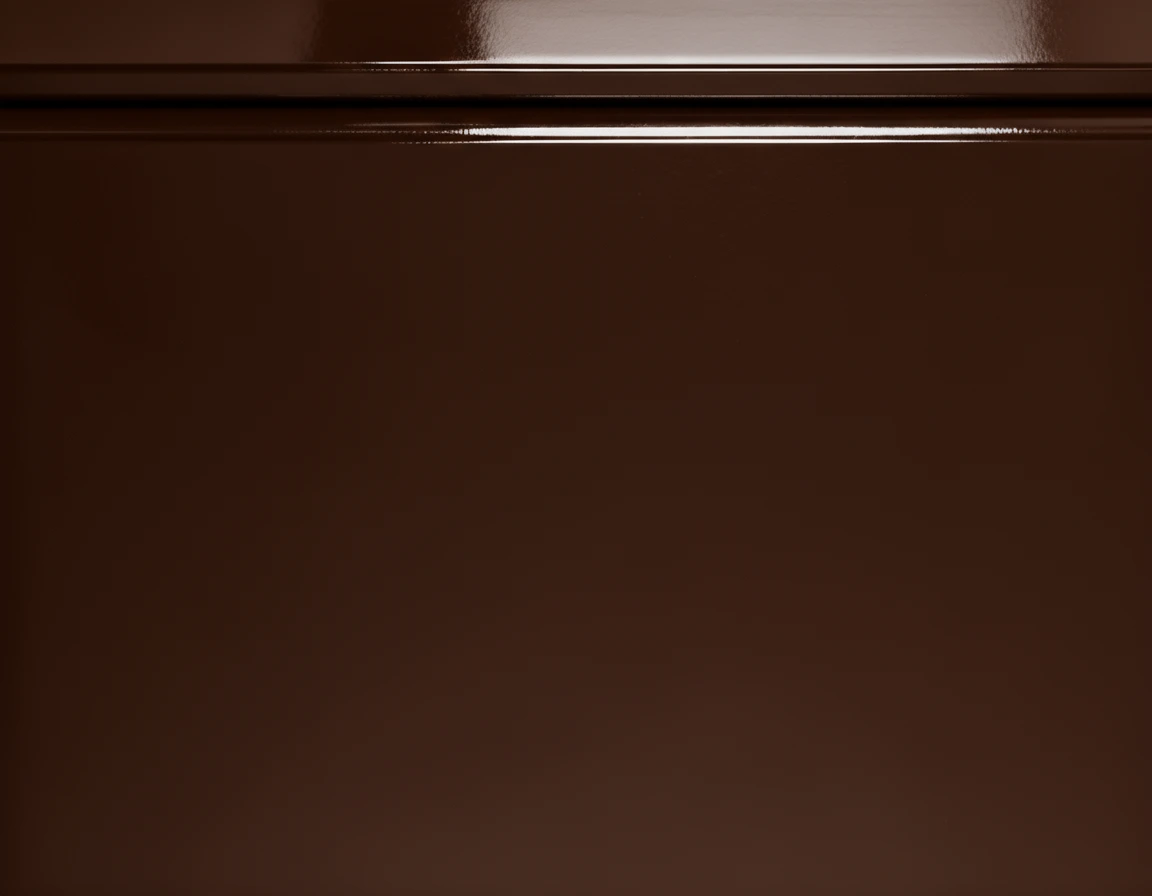
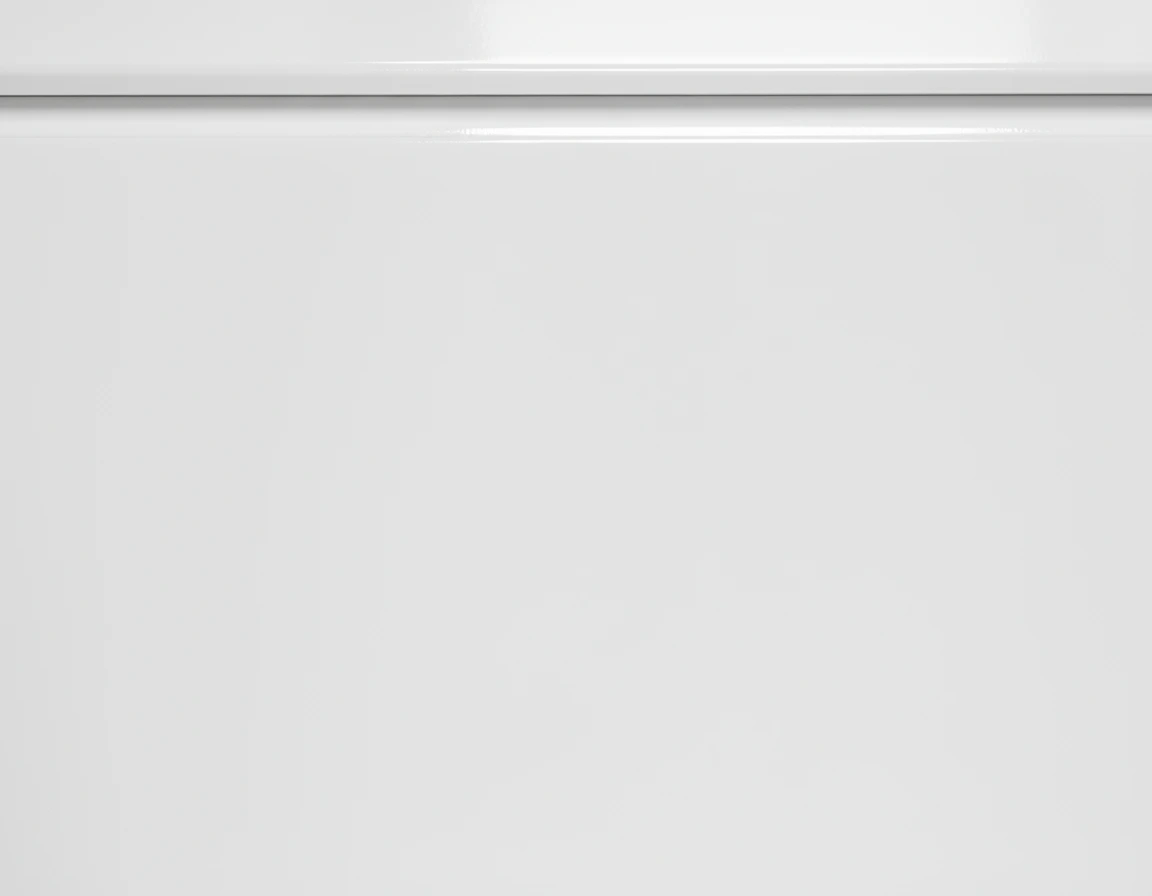
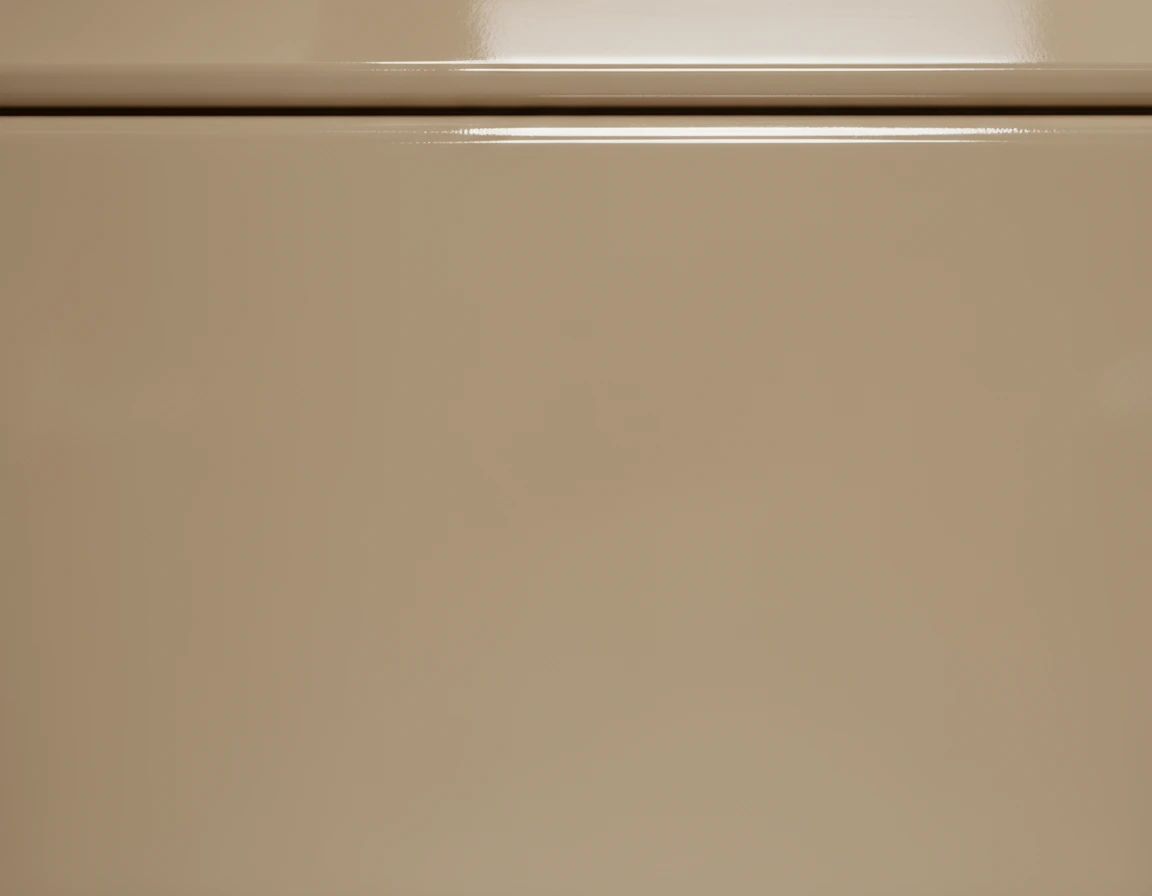
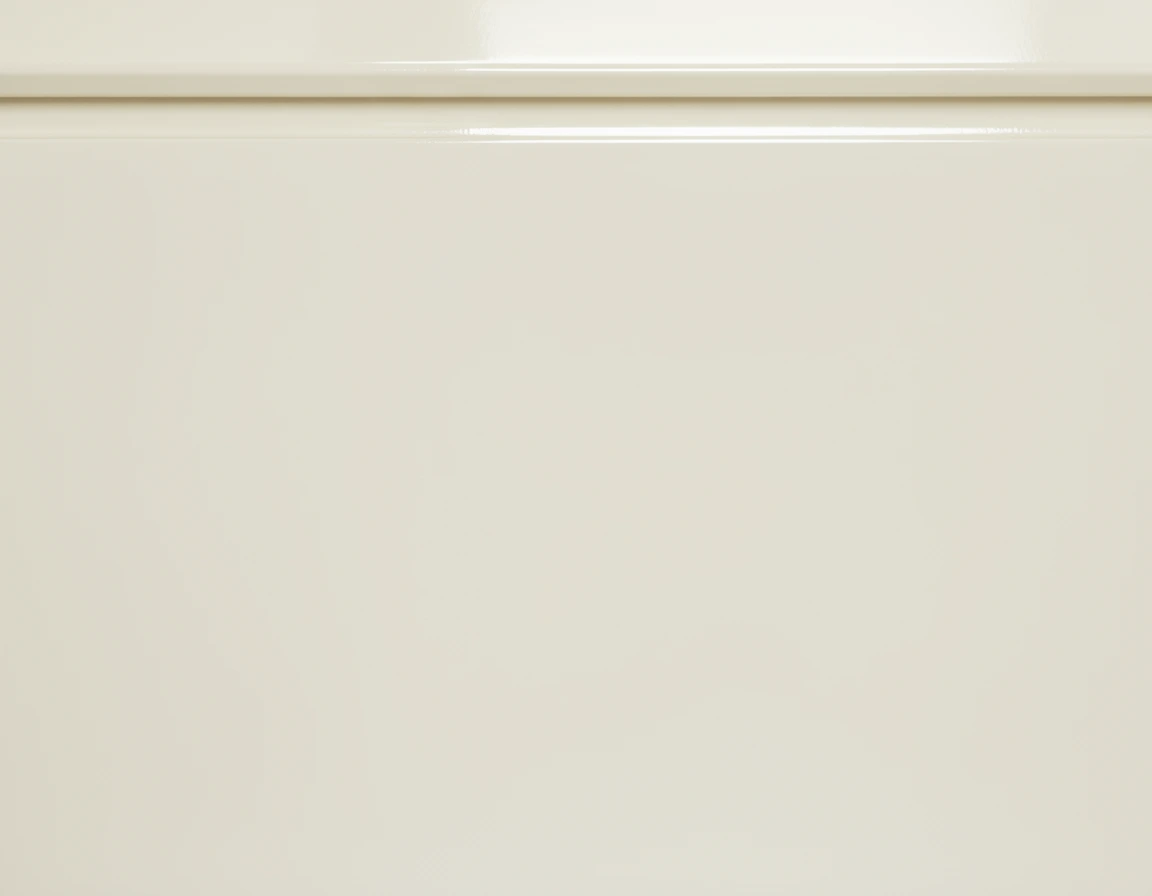
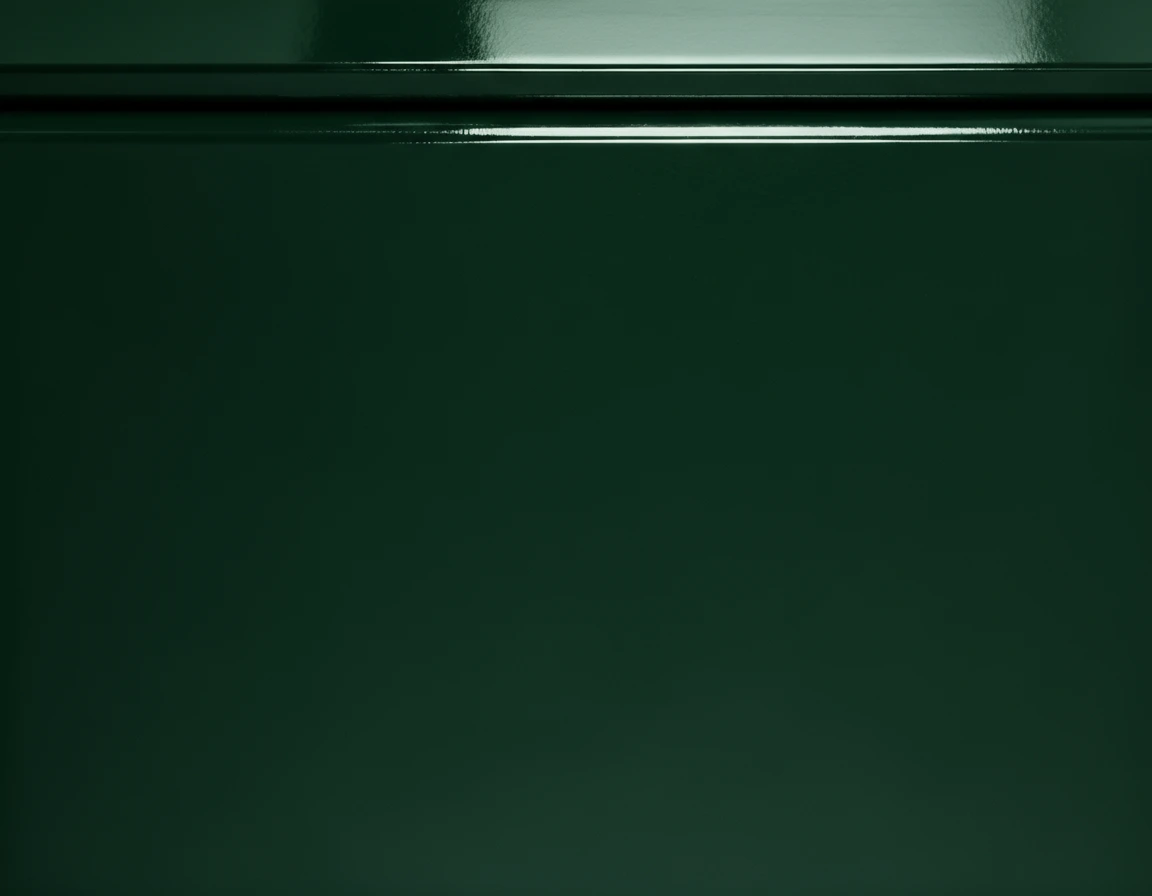

The ceruse finish emphasizes grain contrast through a subtle filling technique. After brushing, the open pores of the wood are filled with a light-toned pigment that highlights the texture while maintaining a smooth surface. This finish adds dimension and visual interest without overpowering the material’s natural tone.
The lacquer finish offers a higher level of protection and a more refined surface appearance. Multiple layers of catalyzed lacquer are sprayed and hand-sanded between coats to achieve a consistent, smooth finish. Available in matte, satin, or gloss, lacquer creates a sealed surface that resists moisture and staining while maintaining the wood’s color and clarity. This finish is often used for pieces that need added durability or a more polished look.
Available in high gloss and matte finishes
Our color match option allows complete customization of tone. Using stains, pigments, or tinted lacquers, we match your reference sample, paint color, or existing piece. Every sample is reviewed under both natural and controlled light before approval to ensure accuracy. This option is ideal for designers and clients who want visual consistency across multiple pieces or within a specific color palette.






















Textures
Fluted texture uses vertical channels to create rhythm and catch light. It gives surfaces a sense of order and scale without unnecessary ornament. The pattern works well on cabinet doors, credenzas, and wall panels where structure and repetition enhance the overall form.
Reeded surfaces feature rounded ridges that bring a softer, more tactile feel to solid wood. The shape breaks up flat planes and introduces subtle movement. It’s often used for table bases, drawer fronts, and accents where a curved profile adds character and variation.
Available in 1/2"-2” ridge diameters
Slatted construction uses evenly spaced boards to create visual balance and rhythm. The gaps introduce light, shadow, and airflow while maintaining a clean, intentional look. This texture works well for benches, consoles, and screens where structure is part of the design language.
Available in 1/2”–2” slat widths with custom spacing
Chiseled texture shows the marks of the maker. The surface has controlled irregularities that give the piece a tactile, grounded quality. It adds visual depth and works well for tabletops, benches, and sculptural pieces where natural variation is part of the appeal.
Available in light, medium, and heavy chisel depths
Wire brushing removes softer grain from the surface, exposing the natural pattern of the wood. The result is subtle texture with a clean, modern feel. It highlights the grain without changing the overall form, making it ideal for tabletops, cabinetry, and large panels.
Available in light, medium, and deep grain exposures
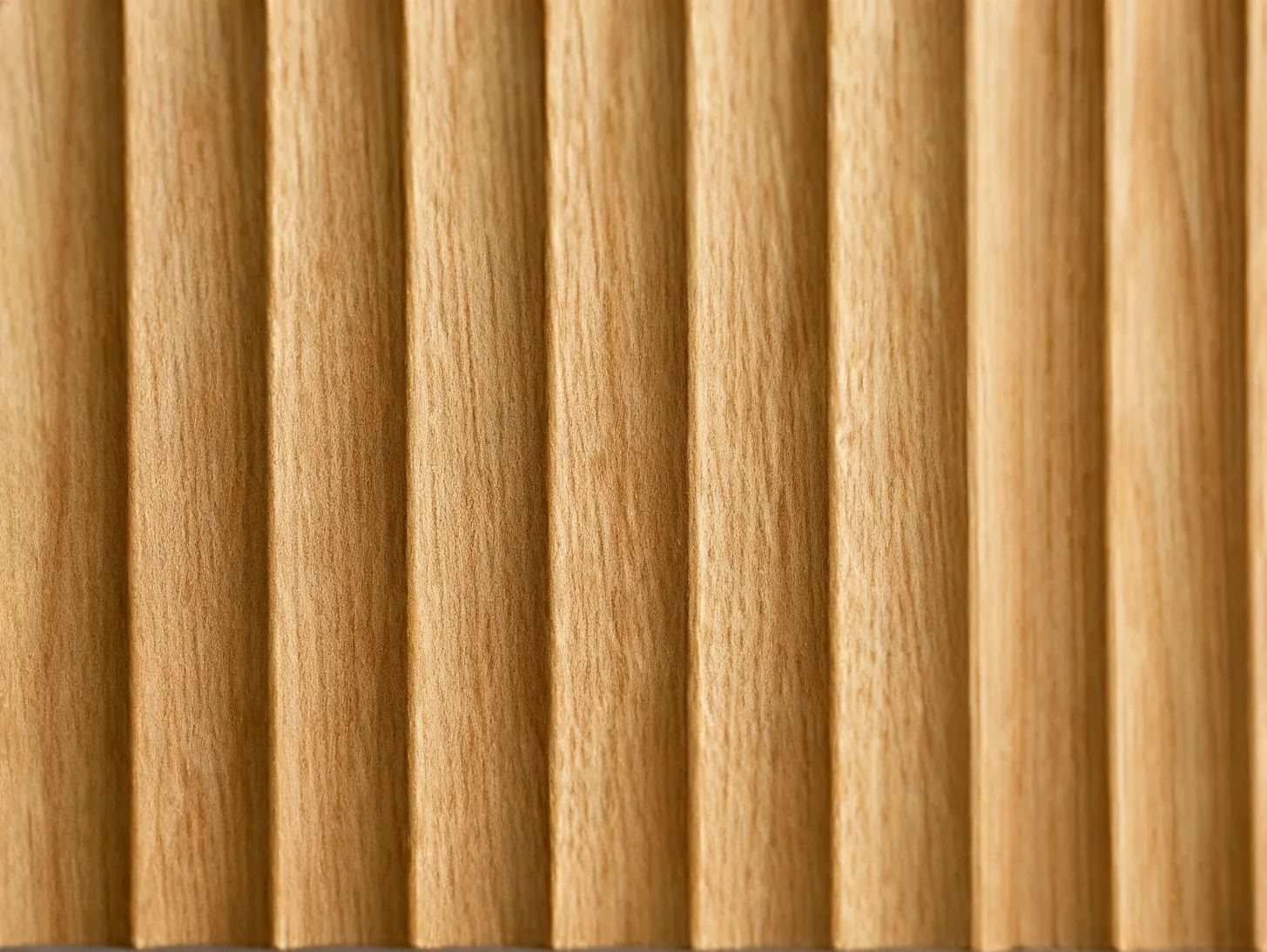
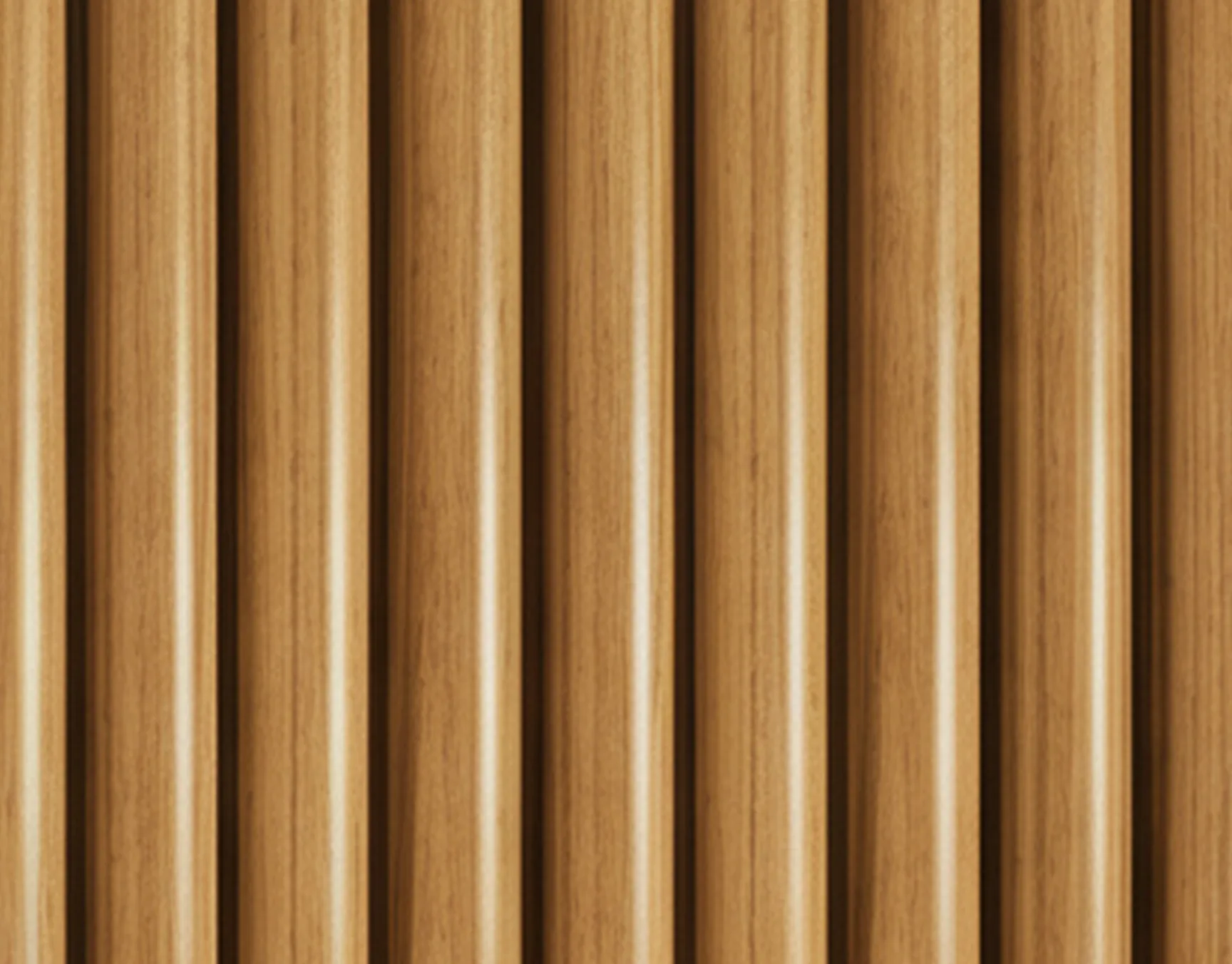
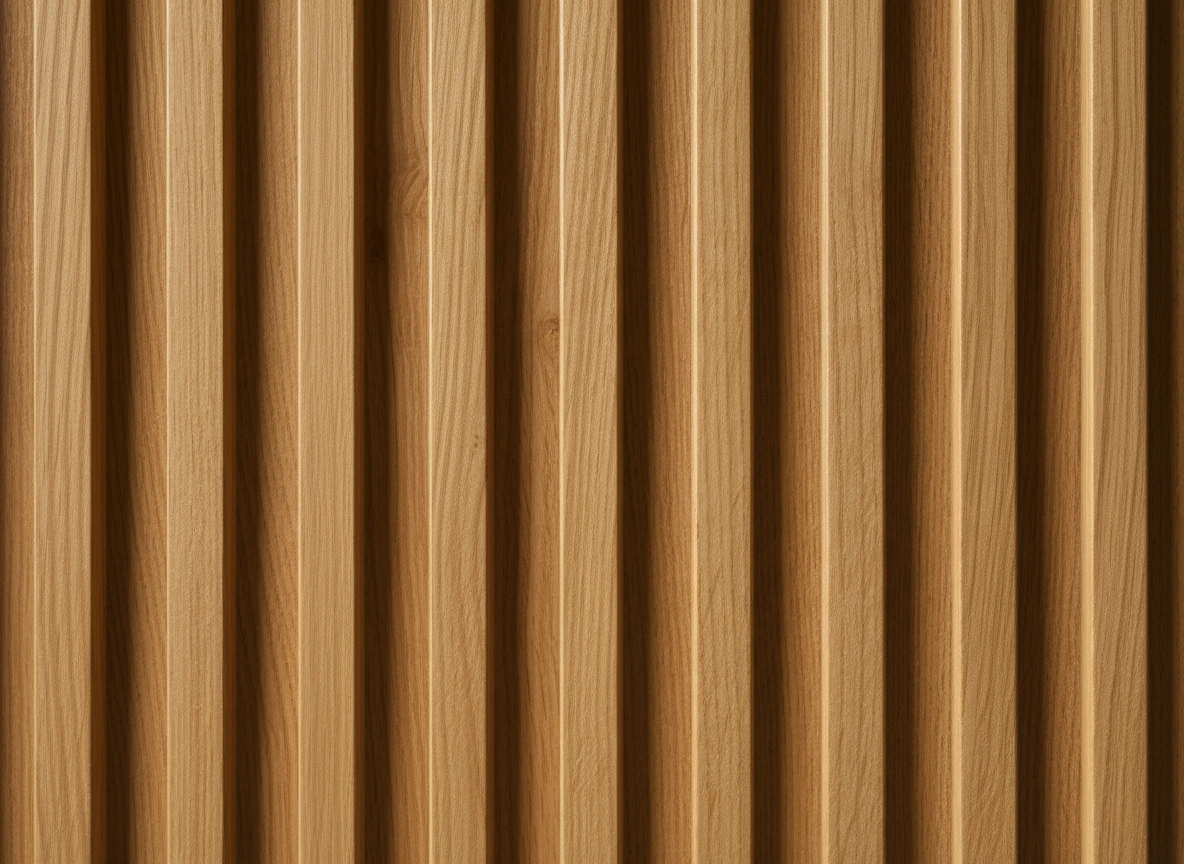
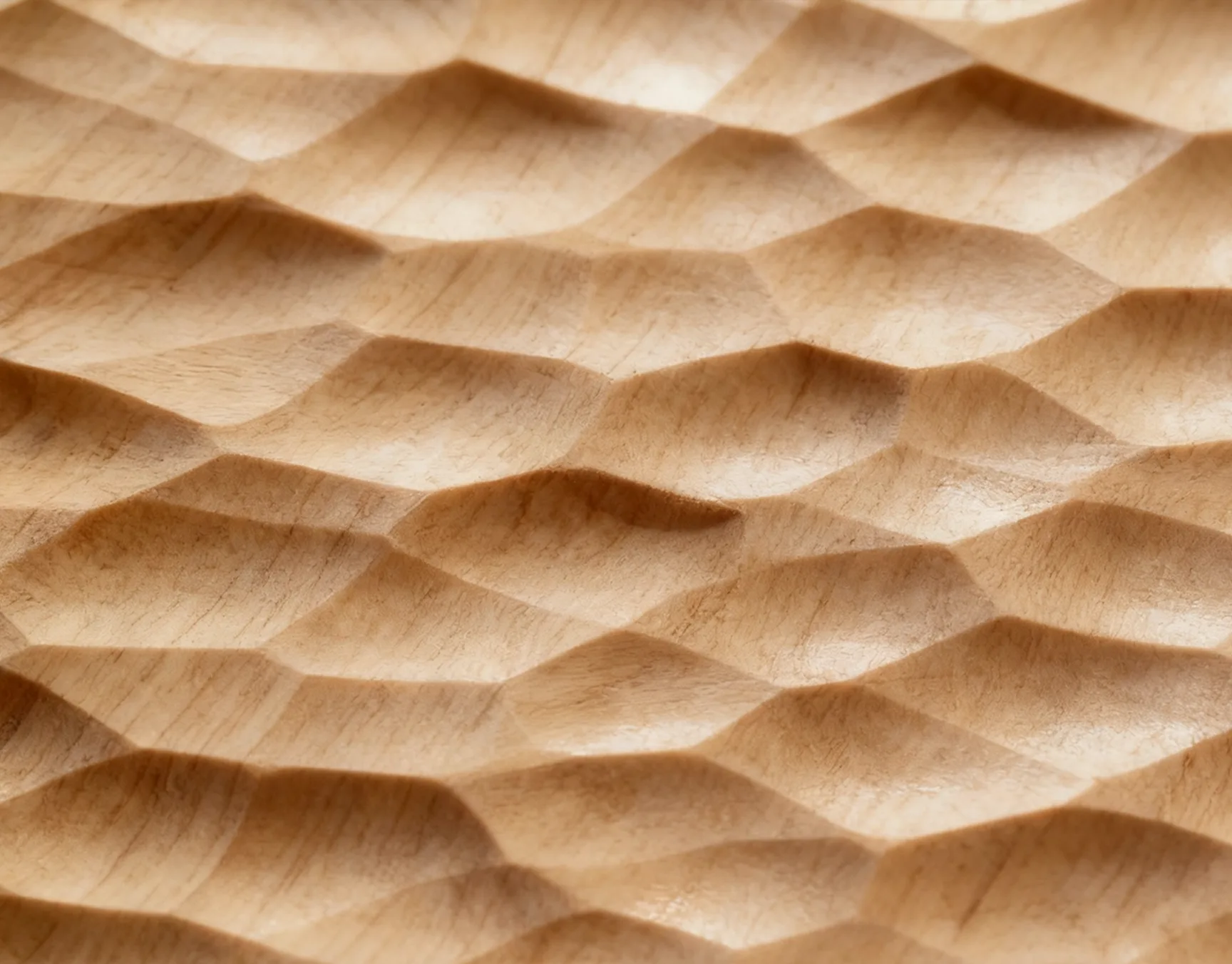
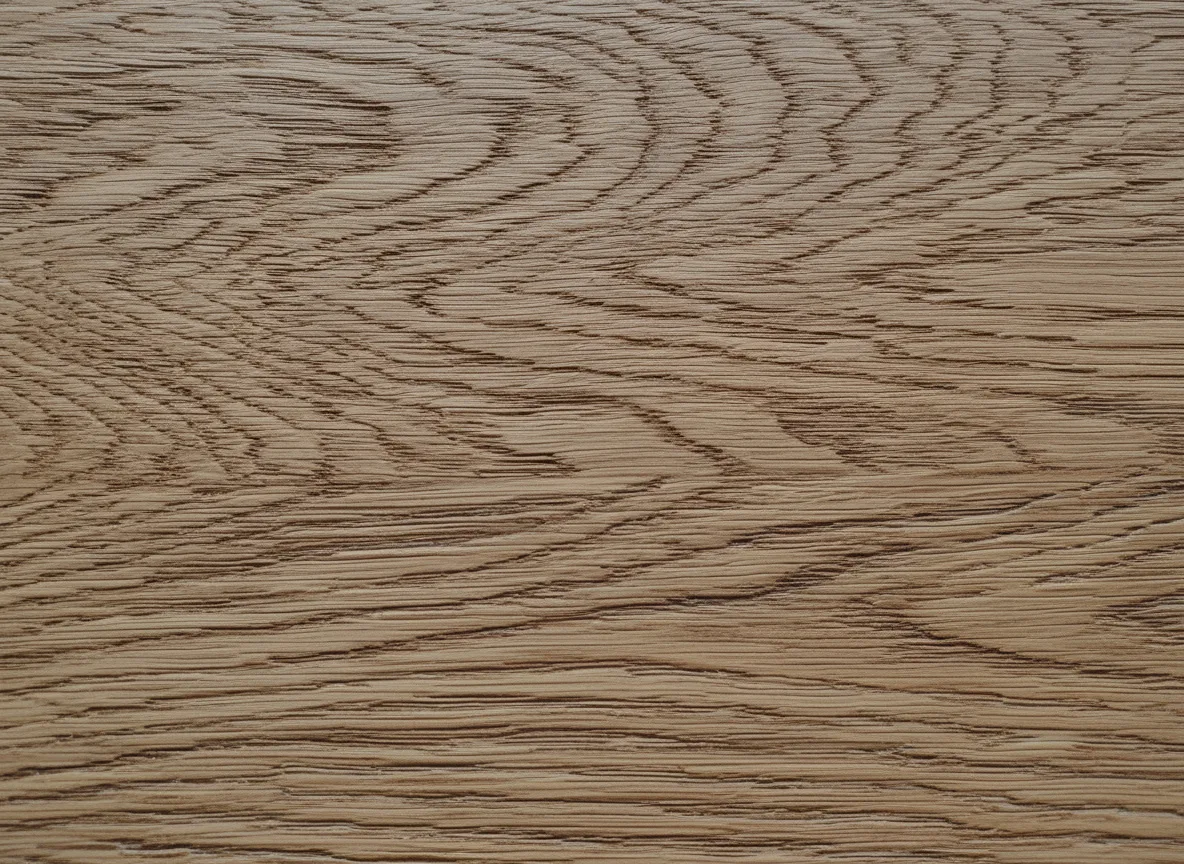
Stone
Marble has a refined look that brings contrast and weight to a piece. Each slab carries unique veining that tells its own story, from soft linear patterns to bold movement. It polishes to a natural luster that reflects light without feeling artificial. While marble can patina over time, we see that as part of its character. With proper sealing and care, it remains one of the most elegant and timeless materials we use.
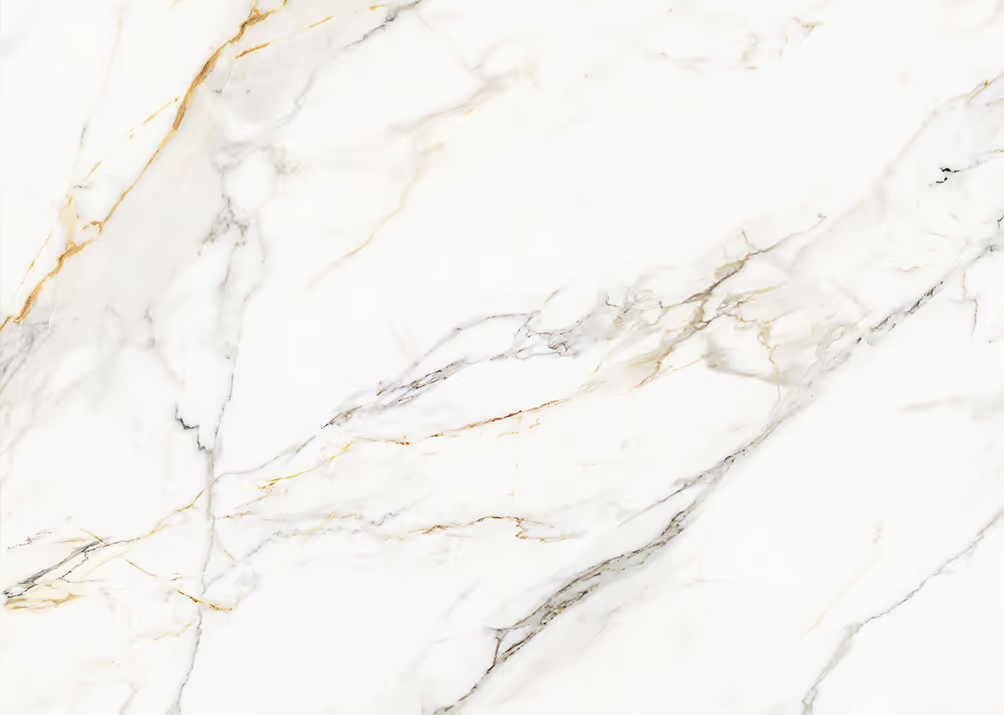
Granite is strong, stable, and highly resistant to scratching or heat. Its dense composition makes it ideal for surfaces that take heavy, daily use. We select granite with tight, consistent grain to achieve a modern, uniform appearance. Available in honed or polished finishes, it offers durability without compromising sophistication.

Quartzite combines the look of marble with the toughness of granite. Its crystalline structure creates depth and natural sheen, and its high density makes it resistant to etching or staining. Each slab varies in color and veining, giving it an organic presence that works across both refined and rustic environments. We use it when a project calls for something beautiful that also performs under stress.

Travertine brings warmth and natural variation to a space. Formed through mineral deposition, it carries subtle tones and surface movement that feel grounded and textural. We typically fill and seal travertine to balance durability with its natural porosity. It’s ideal for clients who appreciate stone with visible history and character.
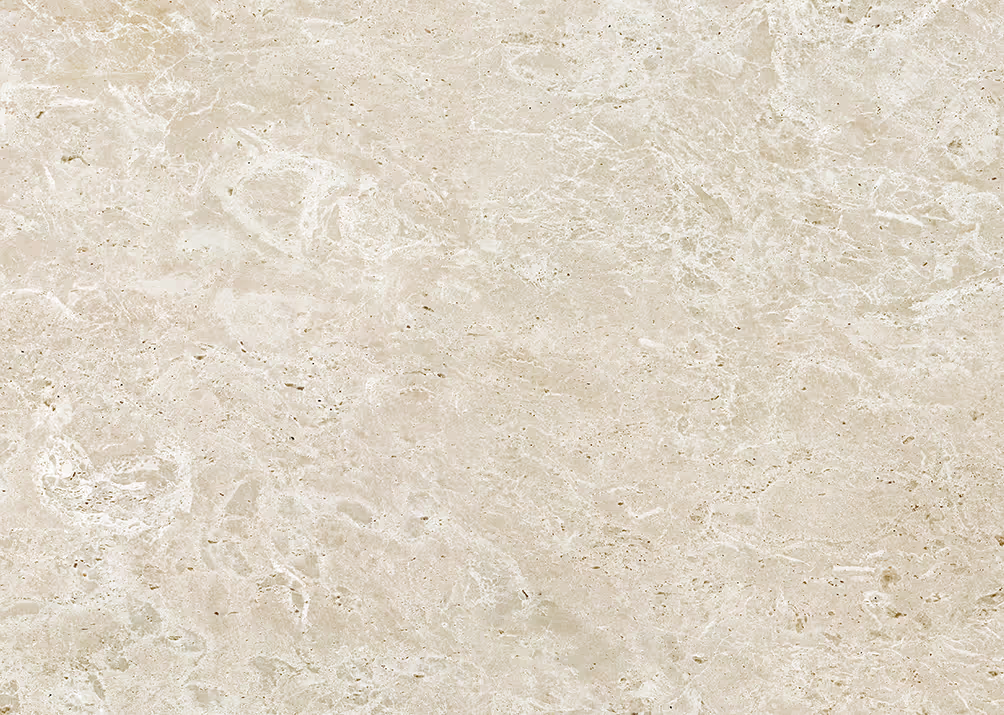
Soapstone is smooth, dense, and naturally non-porous. Its deep, matte surface develops a rich patina with use, gaining character rather than wear. It resists heat, moisture, and staining without the need for sealers. The stone’s dark tones and soft touch give it a grounded, architectural feel that pairs well with both wood and metal.
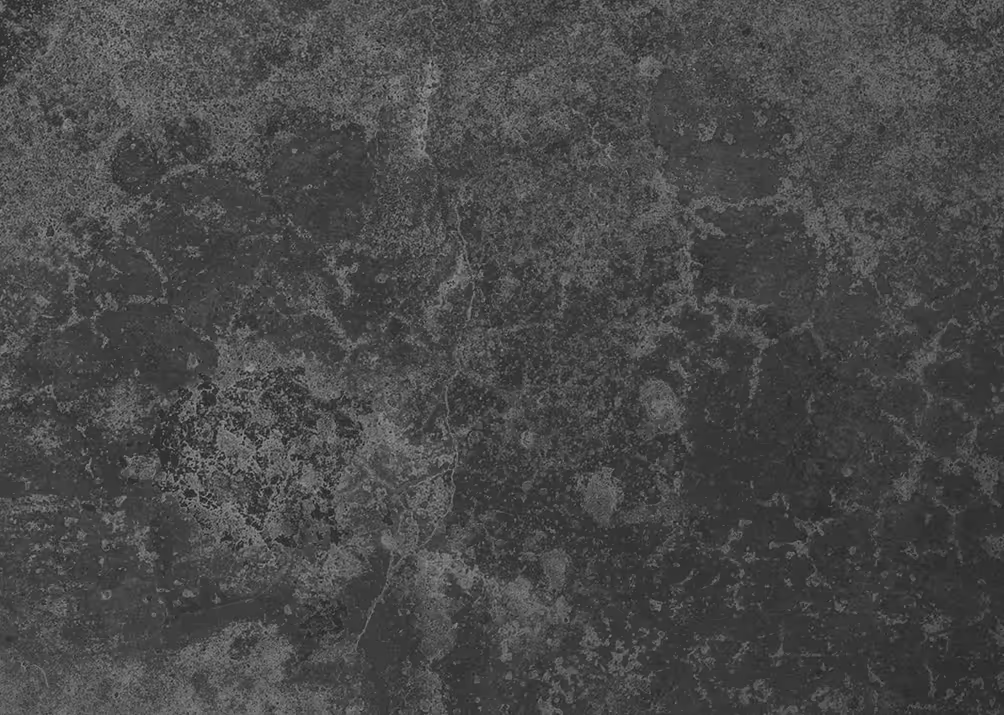





Metal Finishes
Brushed finish has a linear texture created by fine abrasion, giving it a soft sheen without glare. The finish feels refined and tactile, highlighting the craftsmanship behind each surface. It works well where understated detail matters, adding depth without distraction.
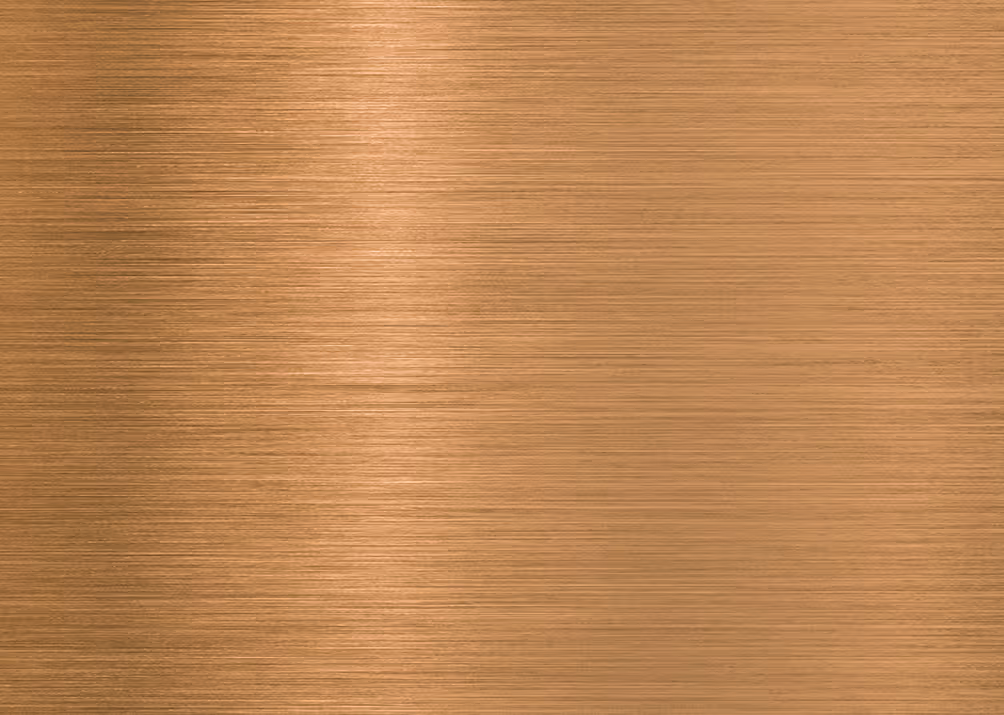

Polished finish offers a mirror-like surface with crisp reflections and a high level of visual clarity. It’s achieved through progressive buffing and finishing, producing a clean, contemporary look. This finish brings light into a piece and creates contrast against natural materials like wood and stone.
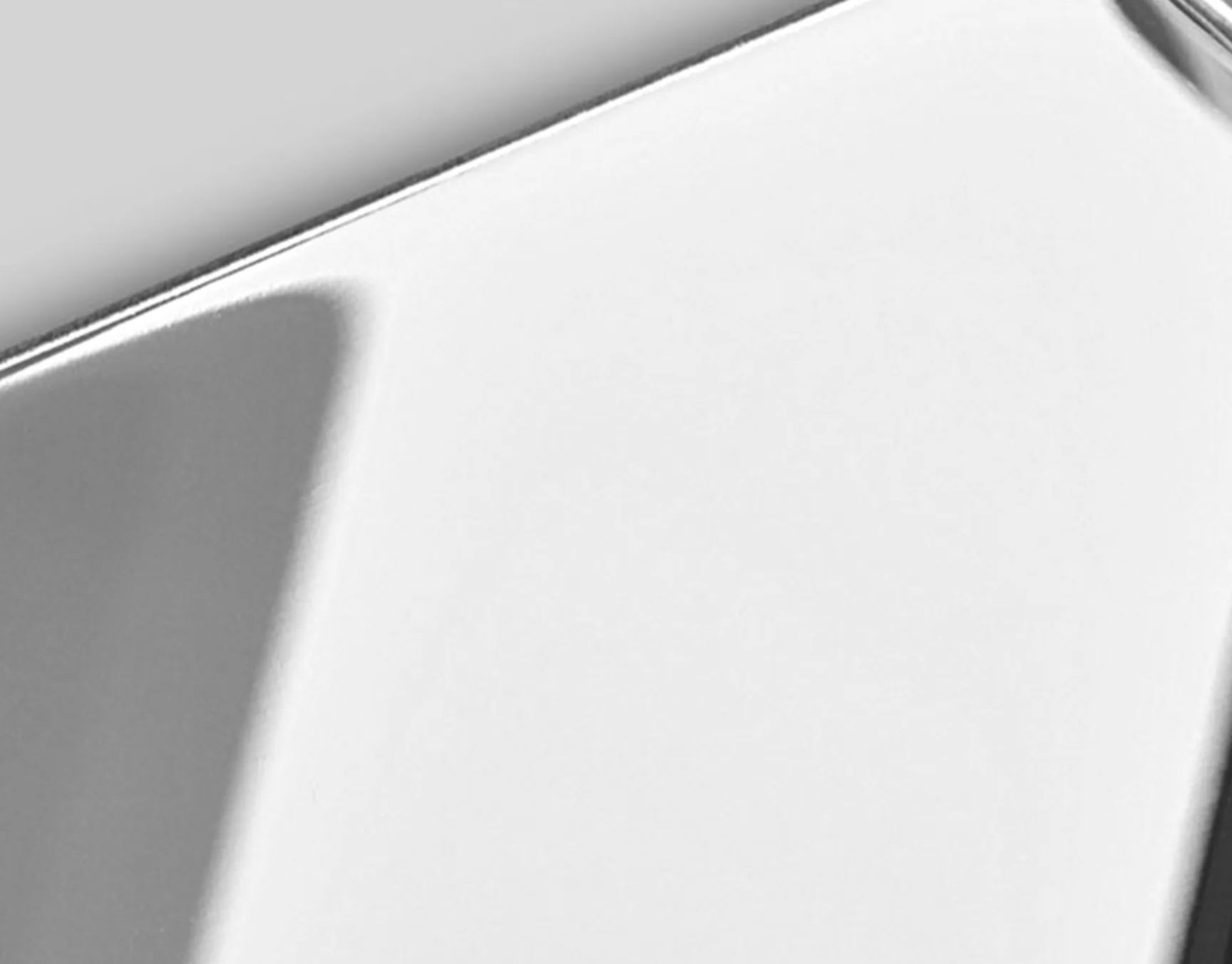
Antiqued finish carries a subtle patina that gives it warmth and depth. The finish is intentionally aged to highlight tonal variation, softening its appearance and emphasizing craftsmanship. It pairs well with natural woods and textured surfaces, adding a sense of history and permanence.
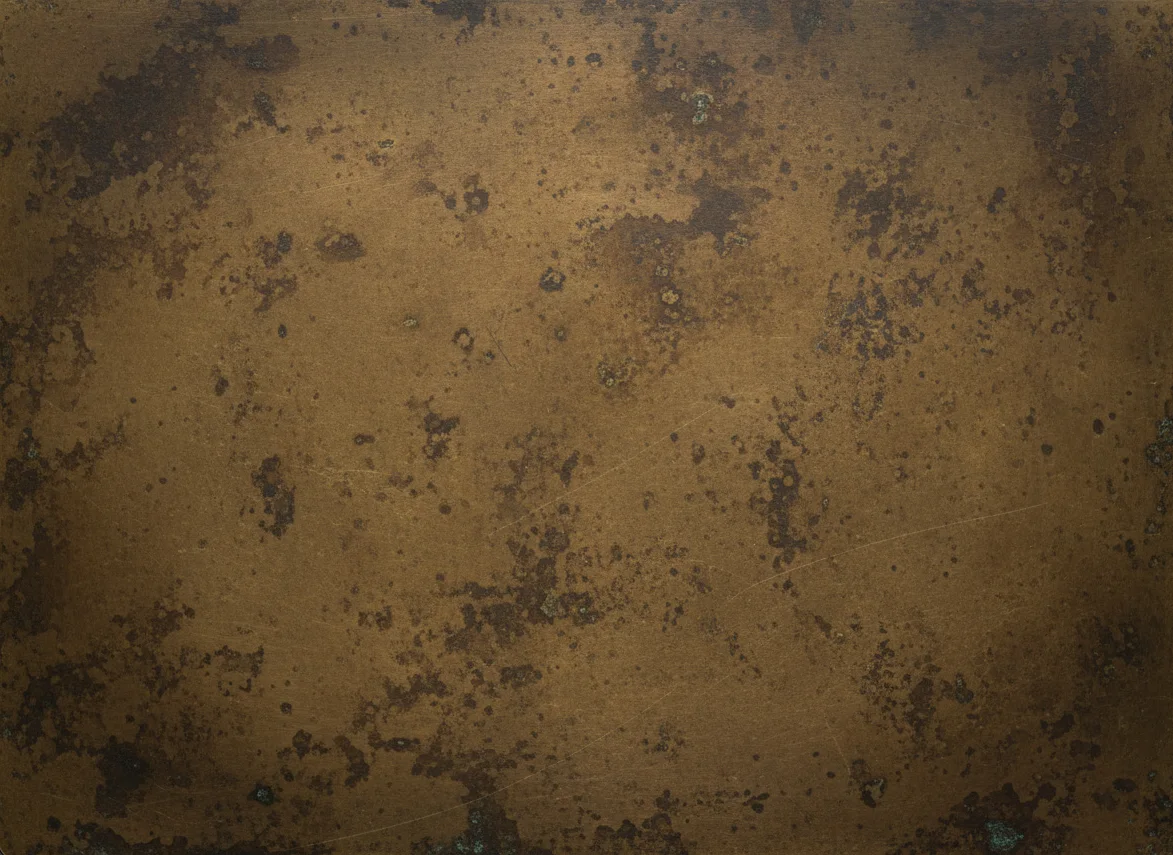
Blackened finish is created through controlled oxidation to achieve a deep, muted tone with visible character. The surface retains a soft metallic luster beneath its darkened color, making it ideal for architectural forms and bold contrast details. It feels grounded and substantial, with a quiet, modern presence.

Hammered finish is shaped by hand or mechanical tooling to create an uneven, dimpled surface that catches light from every angle. Each mark adds texture and individuality, giving the finish a crafted, organic feel. It’s ideal for accent details or surfaces where subtle movement and imperfection add warmth and depth.
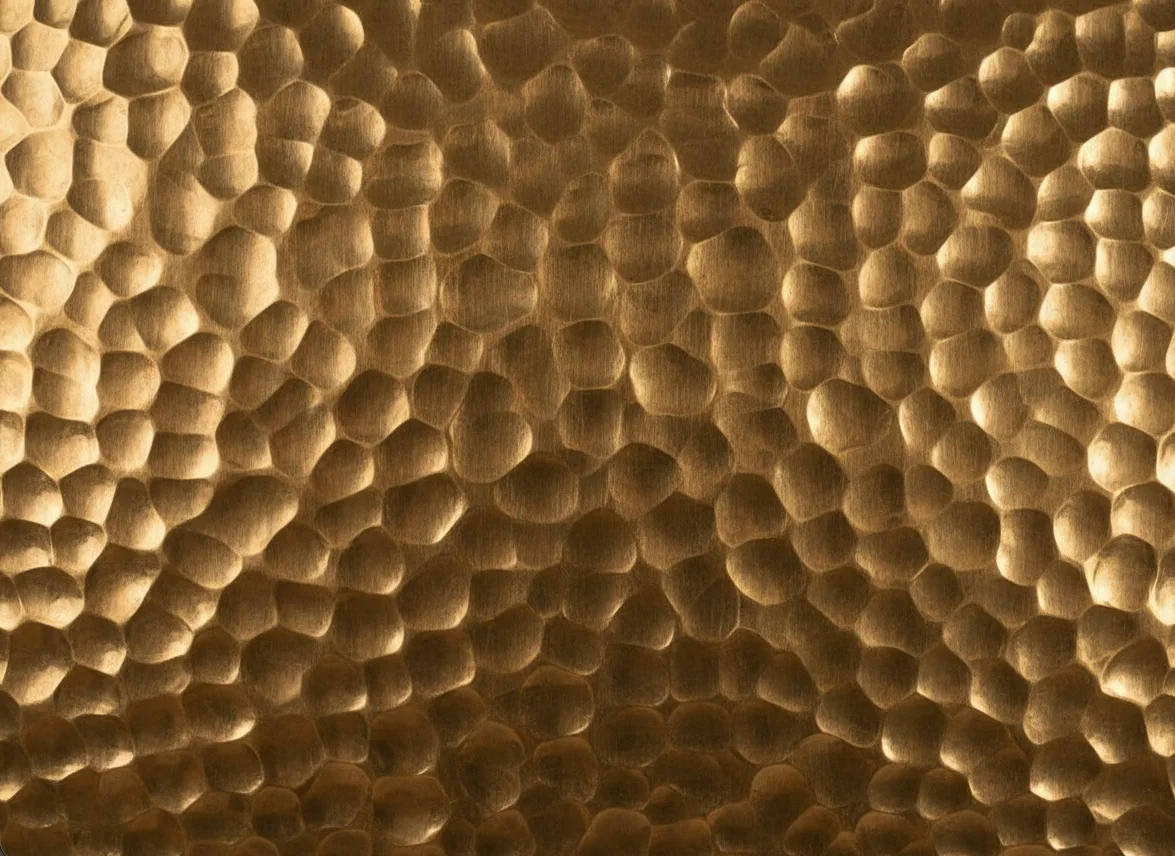





Upholstery
Performance Velvet brings softness and structure together. Its dense pile gives it a smooth hand and a quiet luster that shifts subtly with the light. Modern performance treatment makes it durable, stain-resistant, and easy to maintain, while the rich texture elevates any form it covers.
Performance Linen blends the casual feel of natural linen with the strength of modern fibers. The weave is crisp yet inviting, with a matte finish that pairs well with both relaxed and refined interiors. It resists stains and fading while retaining the natural texture and breathability linen is known for.
Wool adds warmth and depth to a piece. It’s dense, soft, and naturally resilient, with a texture that feels structured but never stiff. The fibers regulate temperature, staying cool in the heat and warm in cooler spaces. Its timeless character makes it ideal for tailored silhouettes and heirloom-quality builds.
Bouclé brings a tactile softness that invites touch. Its looped yarn texture creates depth and movement, softening the lines of a chair or sofa. The fabric is dense and supportive yet cozy, offering a sculptural quality that complements curved or organic forms.
Limestone has a soft, matte texture that gives furniture a quiet, sculptural quality. Its muted color palette and subtle grain make it versatile for both modern and traditional settings. While slightly more porous than granite or quartzite, proper sealing allows it to perform well in most interior applications. We use it when the goal is understated elegance and a sense of calm.
For projects that require a specific fabric or leather, we offer a COM (Customer’s Own Material) and COL (Customer’s Own Leather) program. This option allows you to supply your preferred upholstery so each piece can be built to match your design vision.
